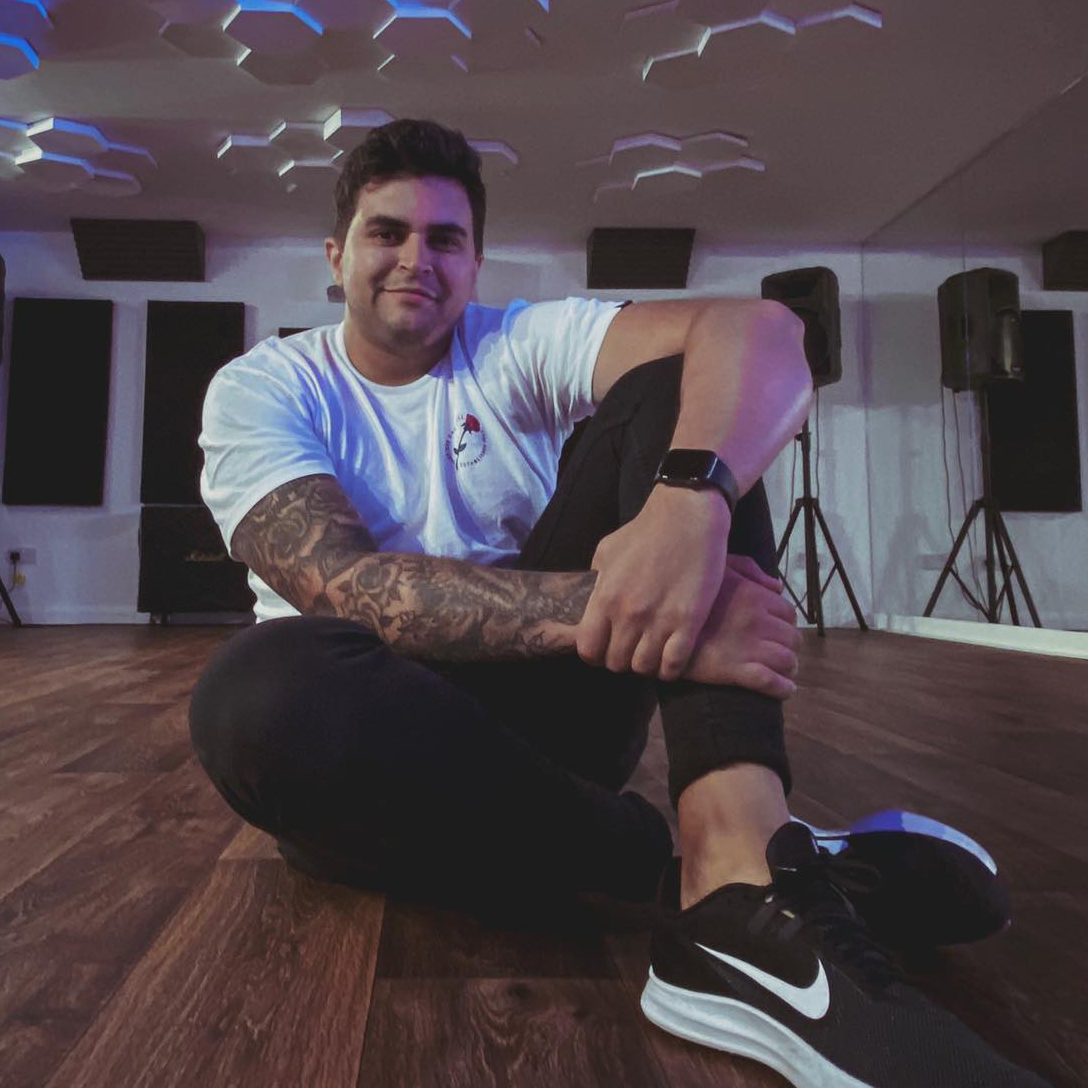Best Fitbit watches 2025: Tried and tested
Fitbit watches may have waned in popularity in recent years, but these budget-friendly fitness trackers should still be on your radar, and now they are more affordable than ever.
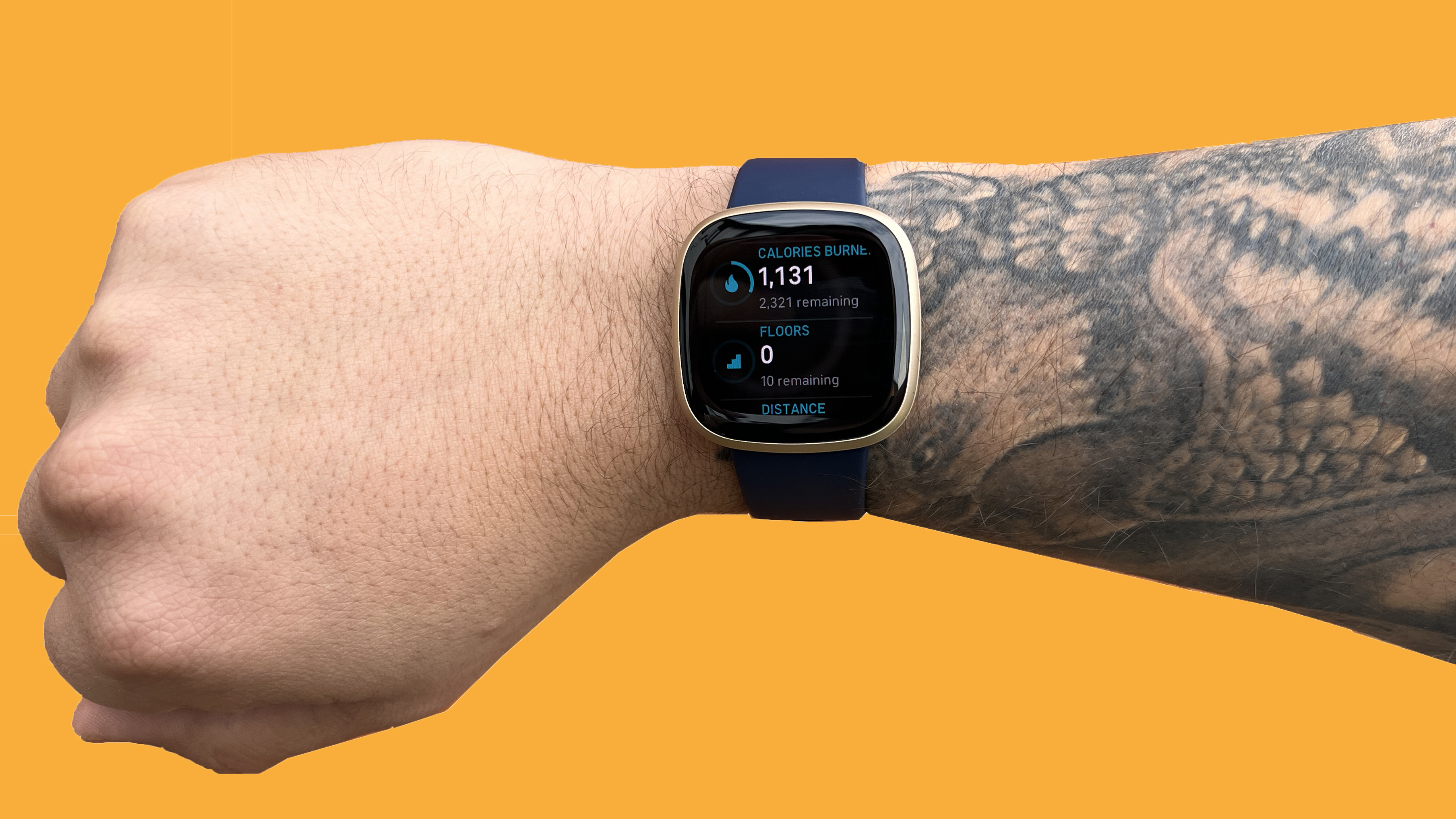
Fitbit may have no longer be one of the market leaders but when it comes to the best fitness trackers on a reasonable budget, they still offer great products. And with summer holidays right around the corner, the value for money they offer is going to be even better.
Whatever the model, Fitbit offers 24/7 comfort and are packed with advanced tracking features capable of logging your daily activities, from walking in the park to strenuous workouts.
Deciding which Fitbit is for you, however, might be not such a stroll in the park. But do not worry, we are here to help! Our expert reviewers have tried and tested the best Fitbits on the market to help you make the best decision for you. Our top reviewers have spent months putting each Fitbit through its paces, assessing the features and performance of each to give you the most information to make an informed decision. If you'd like more information on exactly how we test fitness trackers, then just scroll down to the How we test section.
Of course, if Fitbits are not for you, there are many other affordable options available – just look at our best budget fitness trackers guide. Many people find that the best Garmin watches are great for outdoor adventures, while if you are an avid runner, you'll want to check out our guide to the best running watches.
The quick list
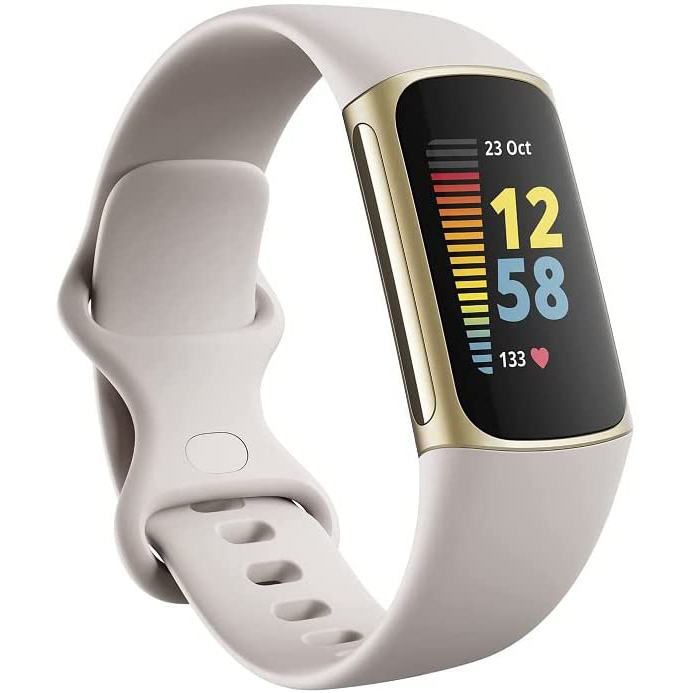
Best overall
Lightweight, comfortable to wear, and packed to the brim with features, the Charge 5 takes the well-deserved top spot in our review.
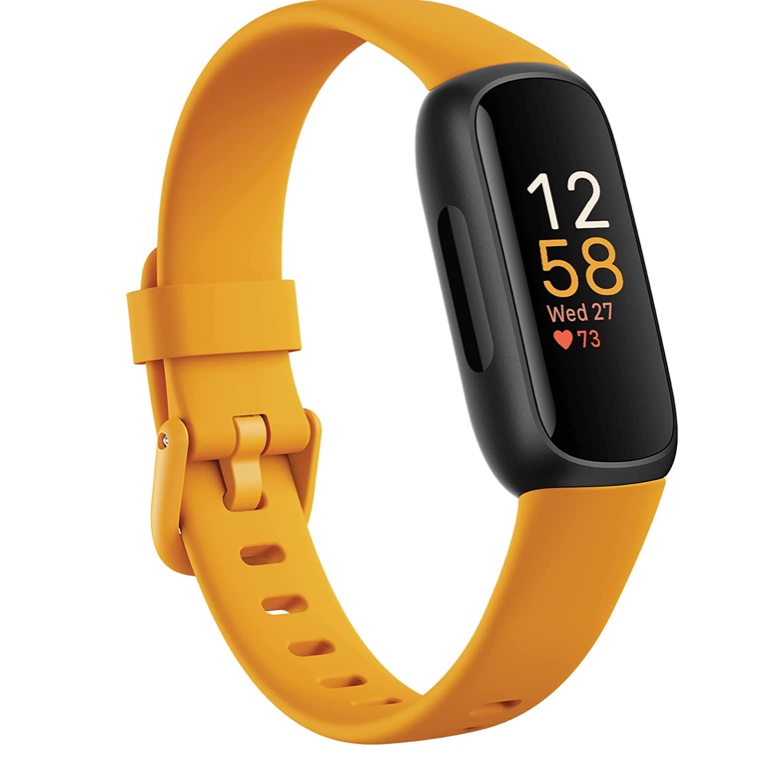
Best on a budget
It may be colorful but this Fitbit has a sleek, unobtrusive design, crisp display and accurate tracking features — and costs less than $100.
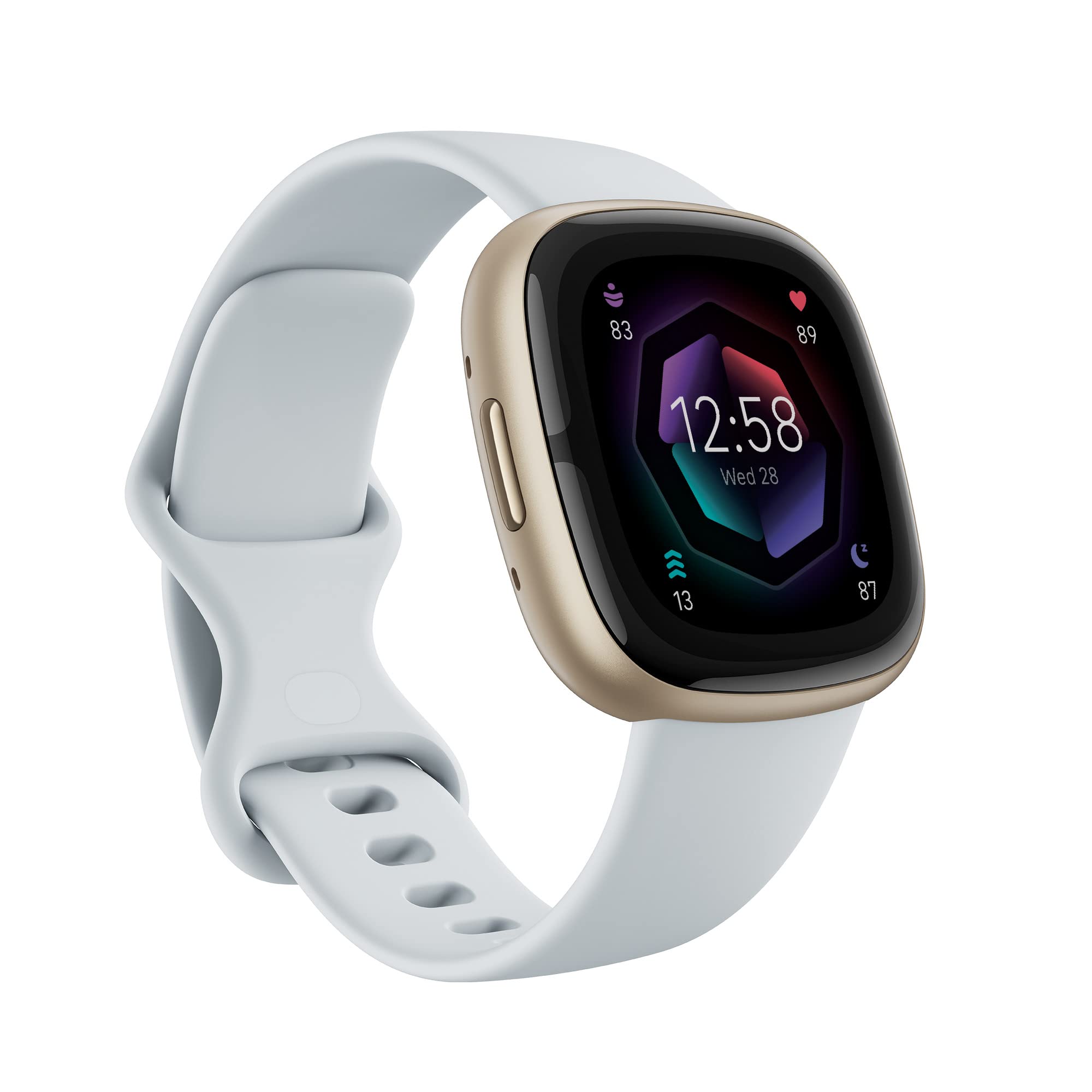
Best Apple Watch alternative
The Fitbit Sense 2 matches the functionality of an Apple Watch, but actually outperforms it when it comes to battery life - and comes with a more wallet-friendly price tag.

Best all-rounder
The Versa 4 combines long battery life with accurate tracking features and smartwatch functionality, making it an excellent all-rounder.
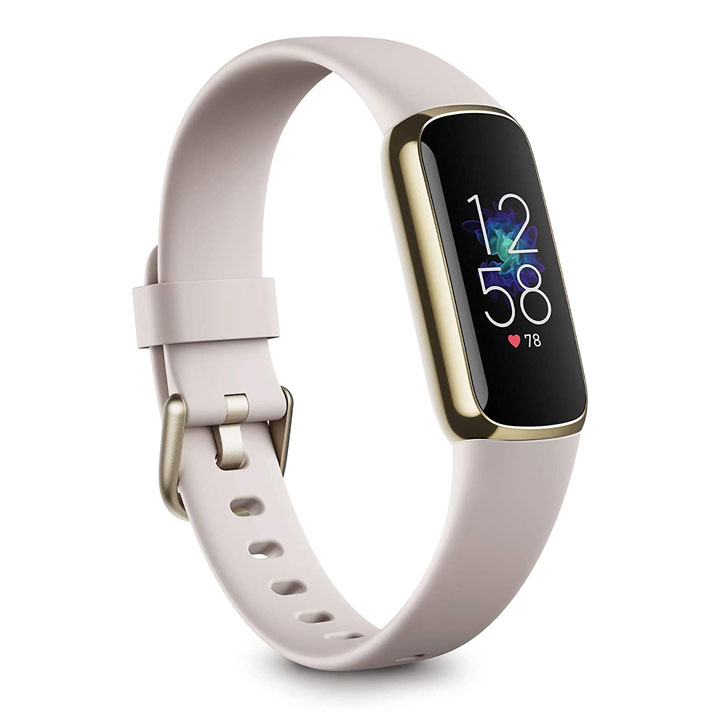
The smallest Fitbit
Compact, unobtrusive and beautifully designed, the Fitbit Luxe is a perfect choice for the fashion-conscious. It might, though, be too small for some.
The best Fitbits we recommend in 2025: Fully tested by our team of expert fitness kit reviewers
Why you can trust Live Science
The best Fitbit overall
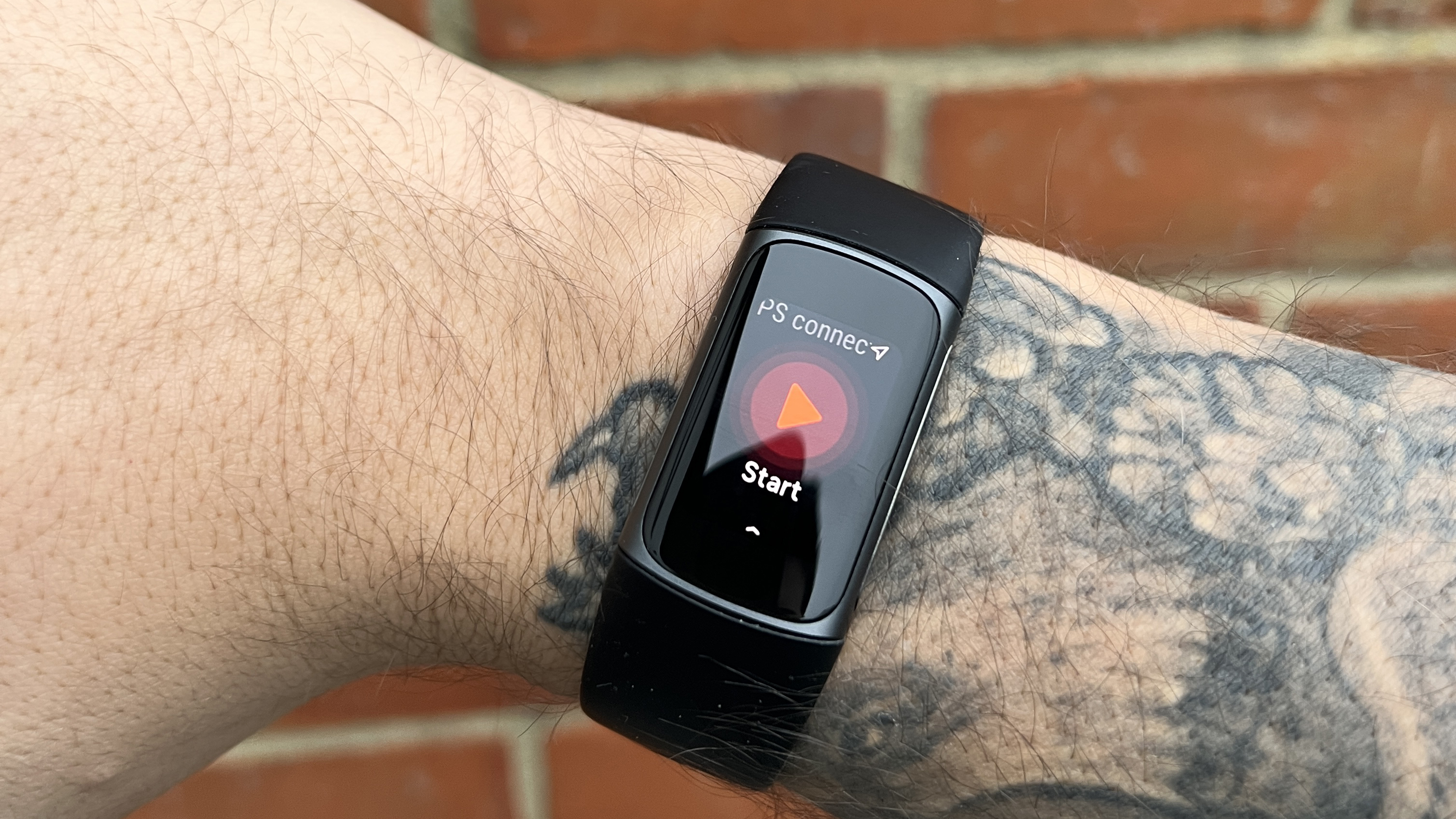
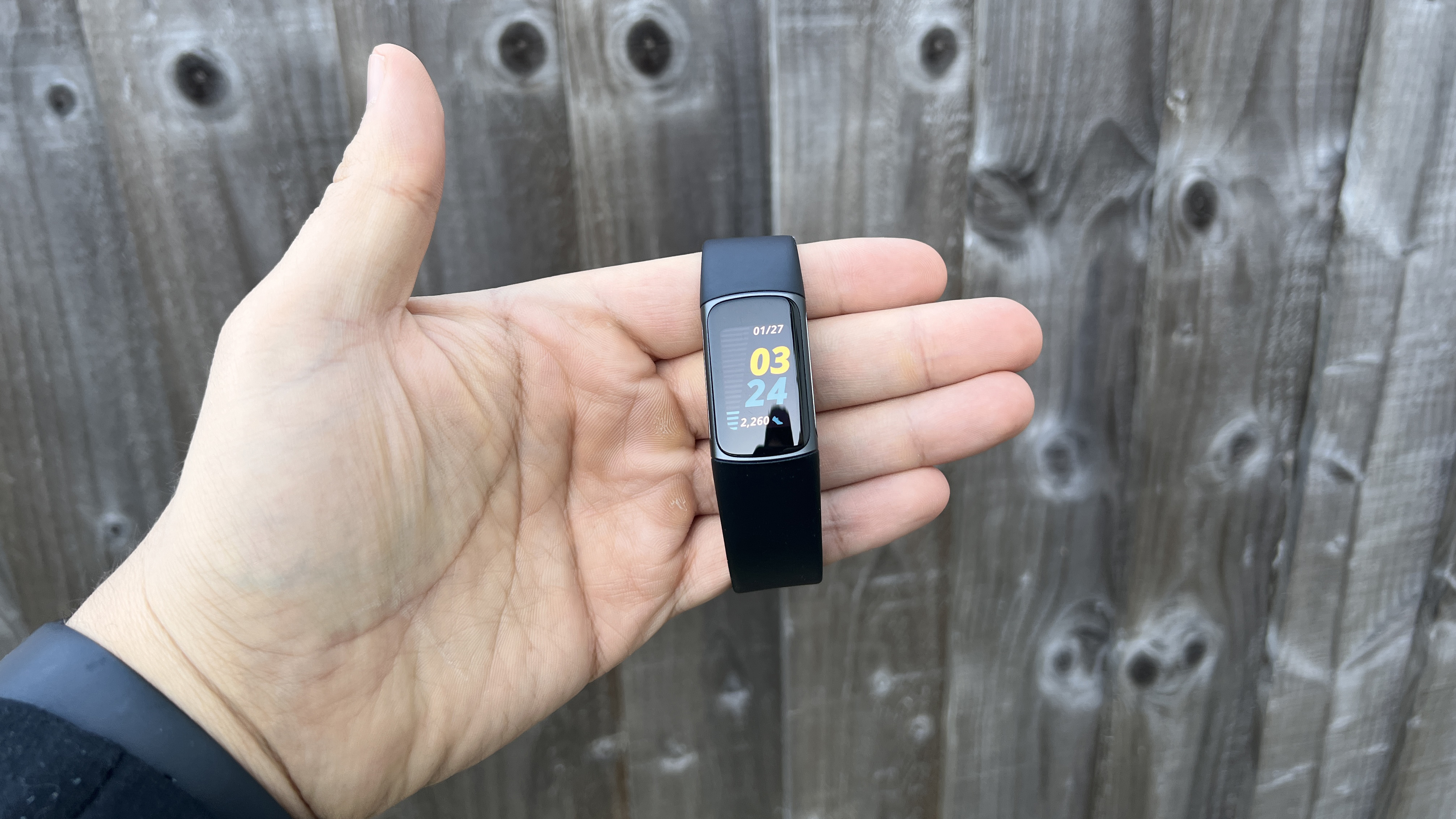
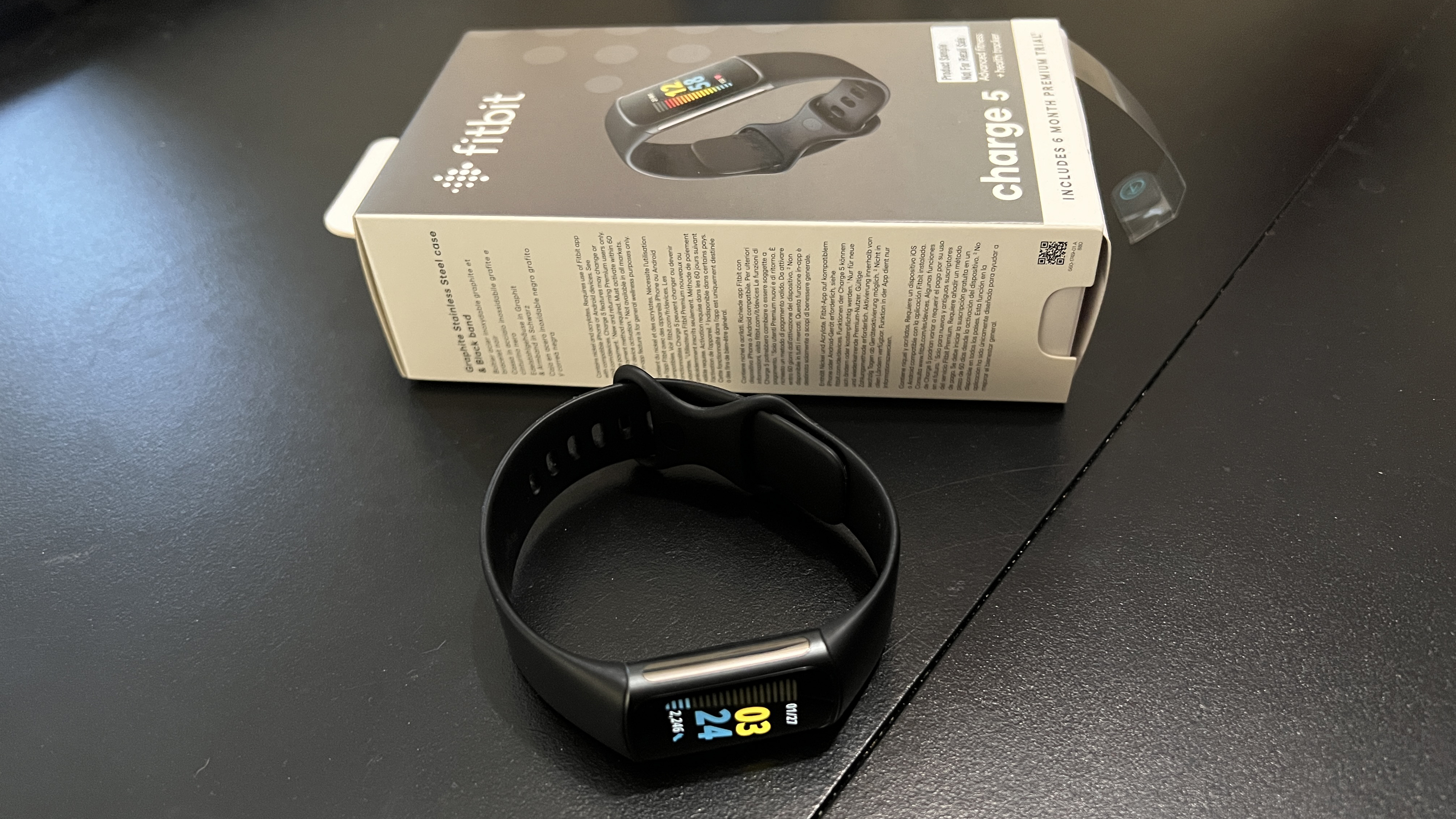
Specifications
Reasons to buy
Reasons to avoid
✅ You want in-depth health tracking features: This Fitbit tracks your stress levels, sleep, heart rhythm and more.
✅ You need something discreet: This fitness tracker features a light and compact design.
✅ You want good battery life: It can last a week on a single charge.
❌ You need a big display: You may struggle with operating its small and fiddly screen.
❌ You want to store music: No media playback available.
🔎 Fitbit Charge 5: This thoughtfully designed fitness tracker won our seal of approval with its long battery life, bright display and a plethora of health tracking features. However, it lacks some of the features you get in more premium Fitbit models. ★★★★
The Fitbit Charge 5 is our all-time favourite Fitbit model. It packs so many features into its slimline, discreet design that it compares favorably to much more expensive wearables, yet comes with a wallet-friendly pricetag.
The design is fantastic, particularly for a wearable in this price bracket. The Charge 5 resembles a modern version of the classic Fitbit design: compact and comfortable to wear. And when it comes to features, boy does it pack them in. Its the Swiss Army Knife of fitness trackers, with a function for every need. It even includes an ECG monitor for measuring heart rhythm and an EDA sensor for detecting elevated stress levels.
Yet all of this functionality fits into a slimline design with a gorgeous display, though its true that the column-based user interface may take some adjustment for new users.
Still, if you are looking to track a run, a hike or a bike ride, this is the best Fitbit overall, not least because it comes with built-in GPS. During our Fitbit Charge 5 review, we wore it alongside an Apple Watch for our workouts, and found that both clocked in at roughly the same distance, within a few meters. This is pretty good considering the Fitbit is much smaller and lighter than Apple’s offering.
The Fitbit Charge 5 is easy to set up and use out of the box, has a 5ATM water resistance rating, and impressively, its battery can last more than a week on a single charge. All-in-all, for such a small, discreet-looking device, the Charge 5 punches way above its weight.
The cherry on top? The Fitbit Charge 5 is often heavily discounted on Amazon and other major online retailers. It also includes six months of Fitbit Premium.
- Read our full Fitbit Charge 5 review
Best budget Fitbit
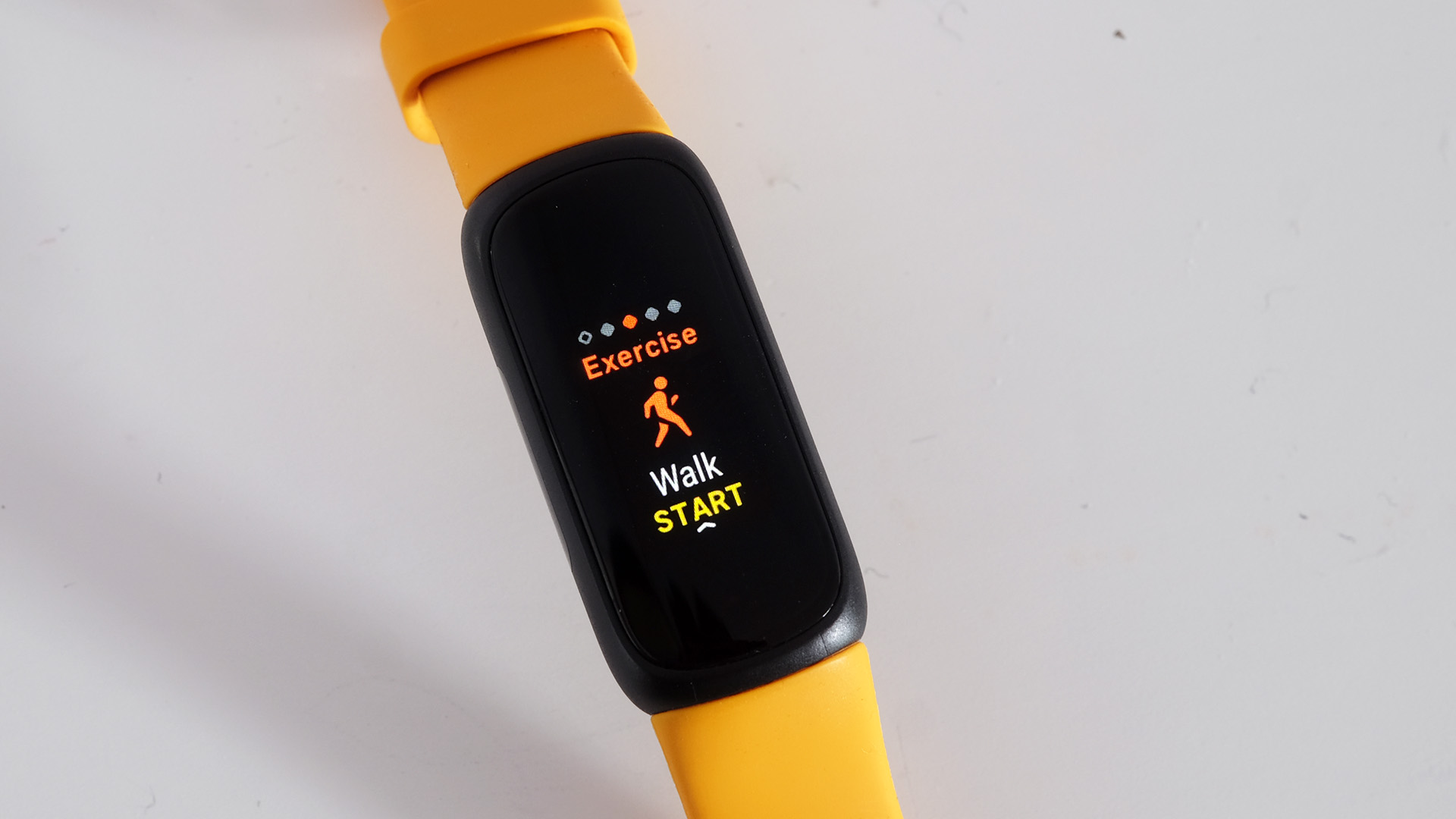
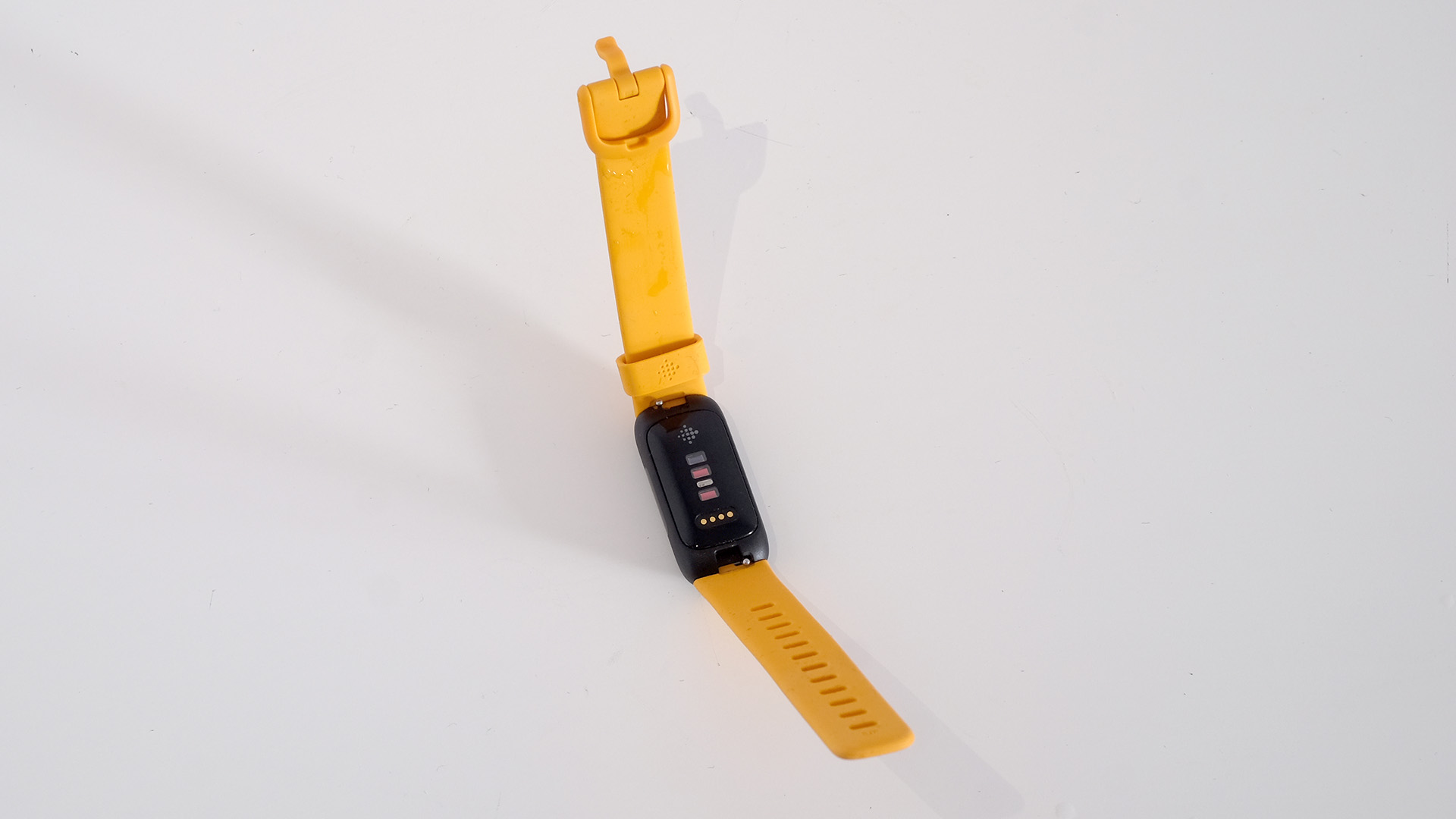
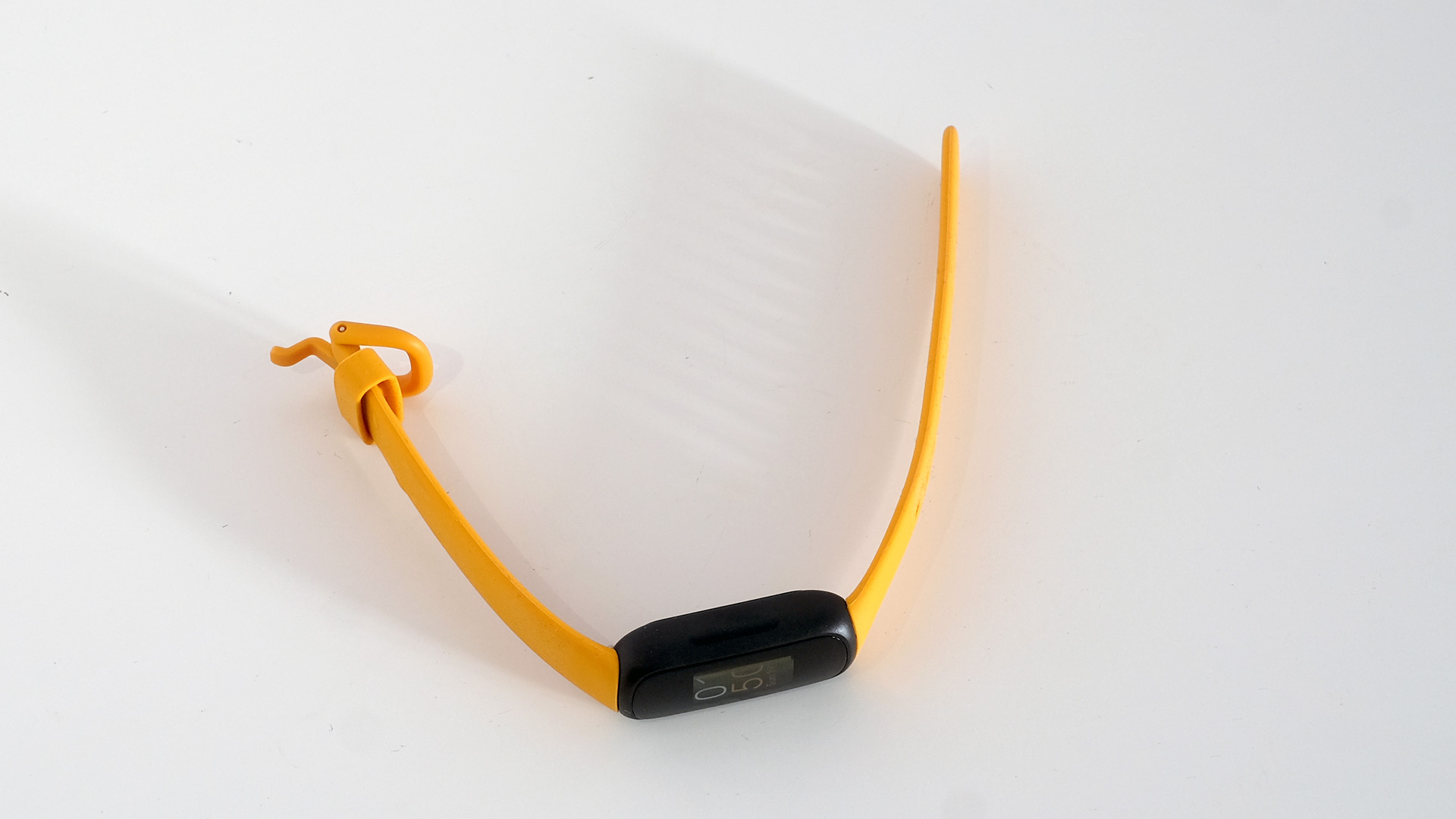
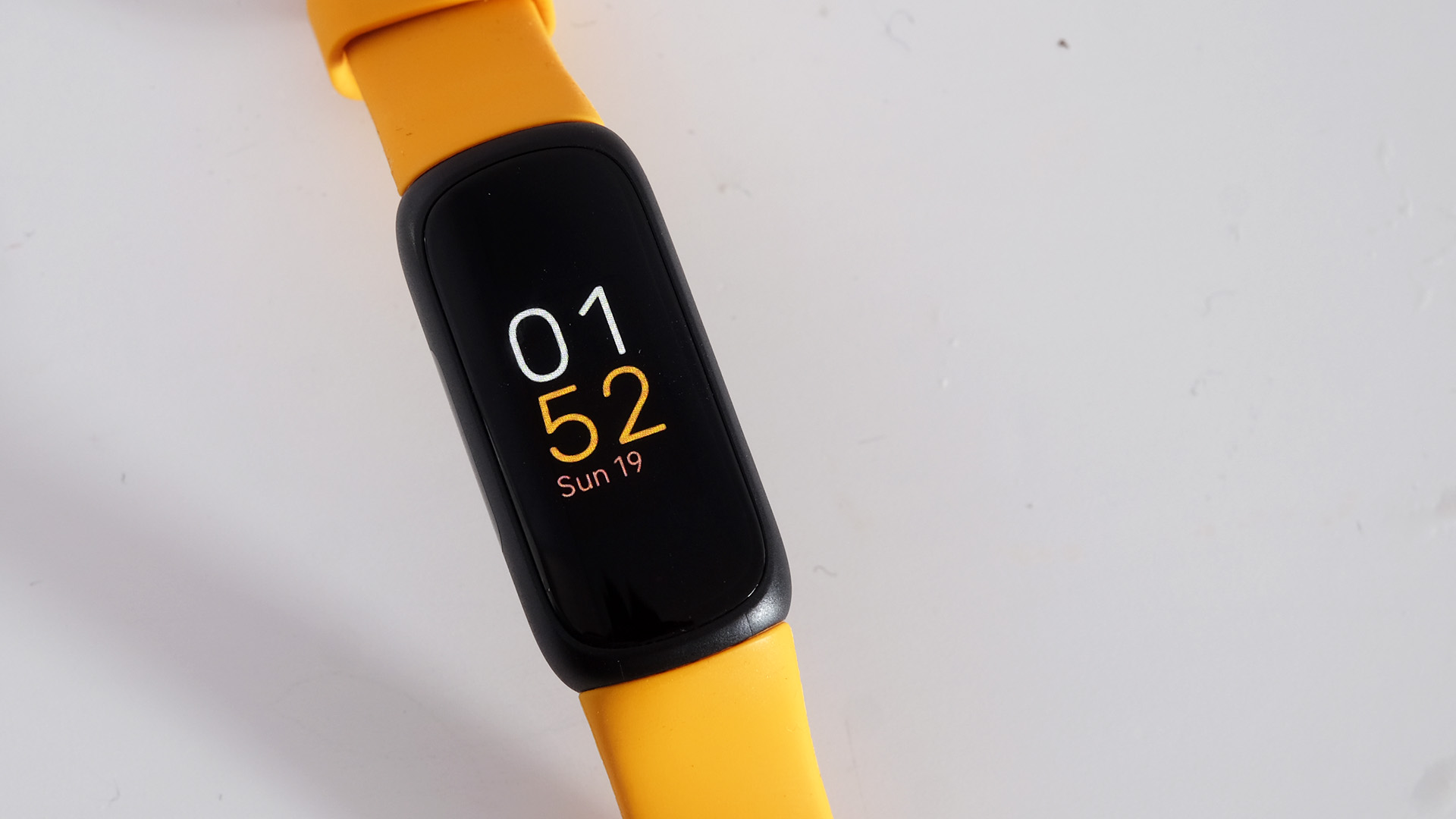
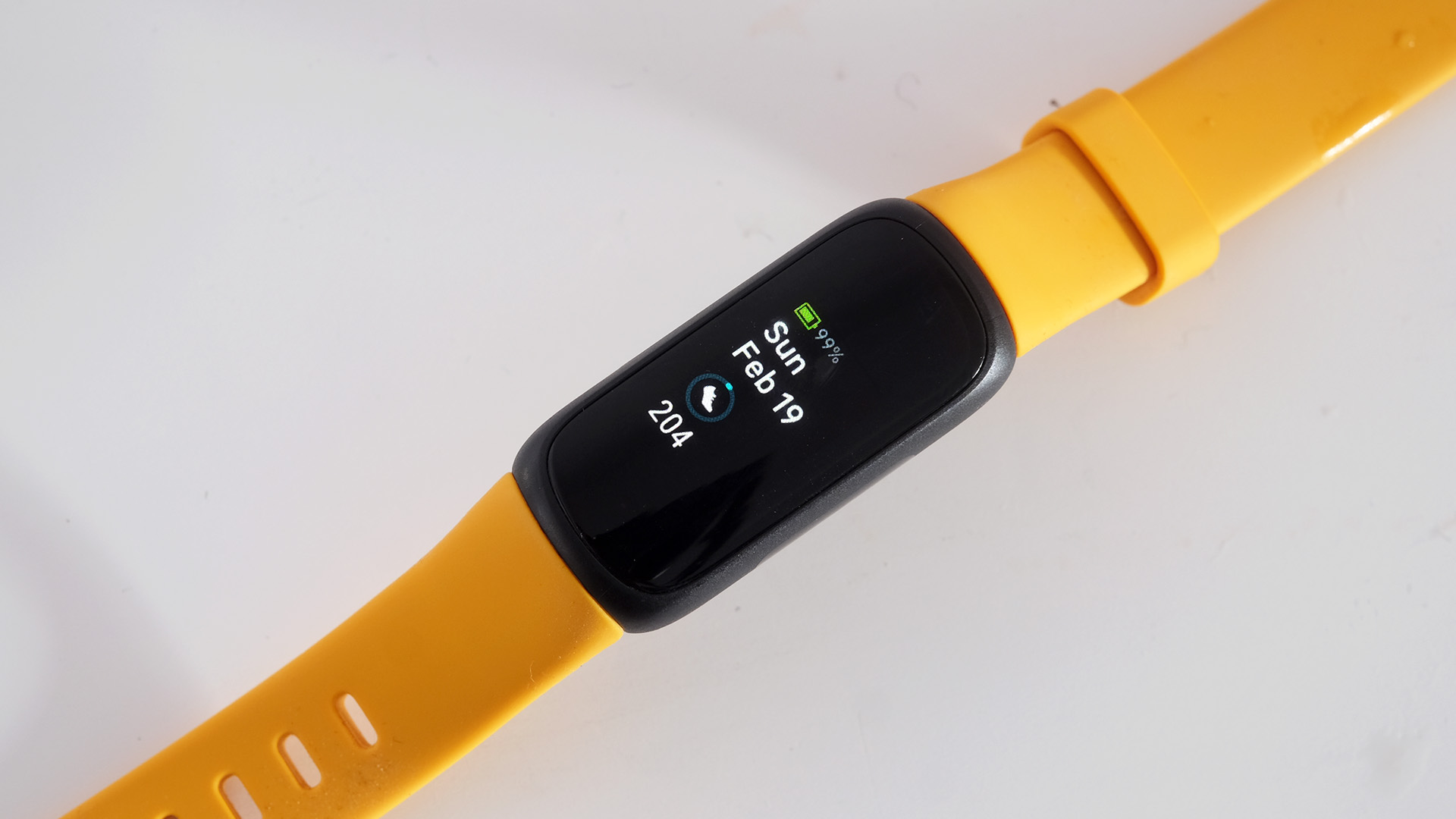
Specifications
Reasons to buy
Reasons to avoid
✅ You don't want advanced fitness tracking features: It measures only basic stats, such as steps and calories burned.
✅ You need something discreet: This fitness tracker is exceptionally light and compact.
✅ You want good battery life: It can last 10 days on a single charge.
❌ You need a big display: You may struggle with operating its small and fiddly screen.
❌ You want an outdoor watch: It has no GPS for accurate tracking and no on-watch maps.
🔎 Fitbit Inspire 3: This colorful fitness tracker boasts excellent tracking performance, user-friendly design and up to 10 days of battery life. You'll get some of the best of Fitbit's features at an affordable price — but it does lack the frills of more premium models. ★★★★
The Fitbit Inspire 3 is ideal as your first fitness tracker. It is small and unobtrusive, and ideal for monitoring basic stats. It's perfect if you don't want to get bogged down in detail. It will still measure crucial information like heart rate, steps and calories burned, and it also includes excellent sleep tracking and comes with a year of Fitbit Premium.
As a wearable to get you started on a new fitness journey at a great price, it's a really good choice. Not only is it on the affordable end already — its retail price stands at $99.95 — but you will find it often gets discounted to around $60.
You'll certainly need decent eyesight as the display is undeniably small, but the Inspire 3 actually offers an upgrade on the previous model, with a full-color OLED glass screen. The 10-day battery life means you will not need to charge it often, either.
If running is your priority then the Inspire 3 may not be the best choice for you. It doesn't come with GPS tracking for accurate pace and distance, so you'd need to take your phone with you to get that. During our Fitbit Inspire 3 review, we wore it alongside our Garmin Fenix 7 Sapphire Solar on a 50-minute run, and we found that their total distance readings came within 100 meters of each other.
However, that was while pairing with the phone. When we did a second workout: the Inspire 3 did not connect to the phone's GPS, so instead it had to rely on its motion sensors to judge distance and pace. This time the stats were way off the Garmin, again reinforcing that for accuracy, you need your phone as well.
Despite this, the Inspire 3 punches way above its affordable price point, making it an excellent budget option.
- Read our full Fitbit Inspire 3 review
Best smartwatch
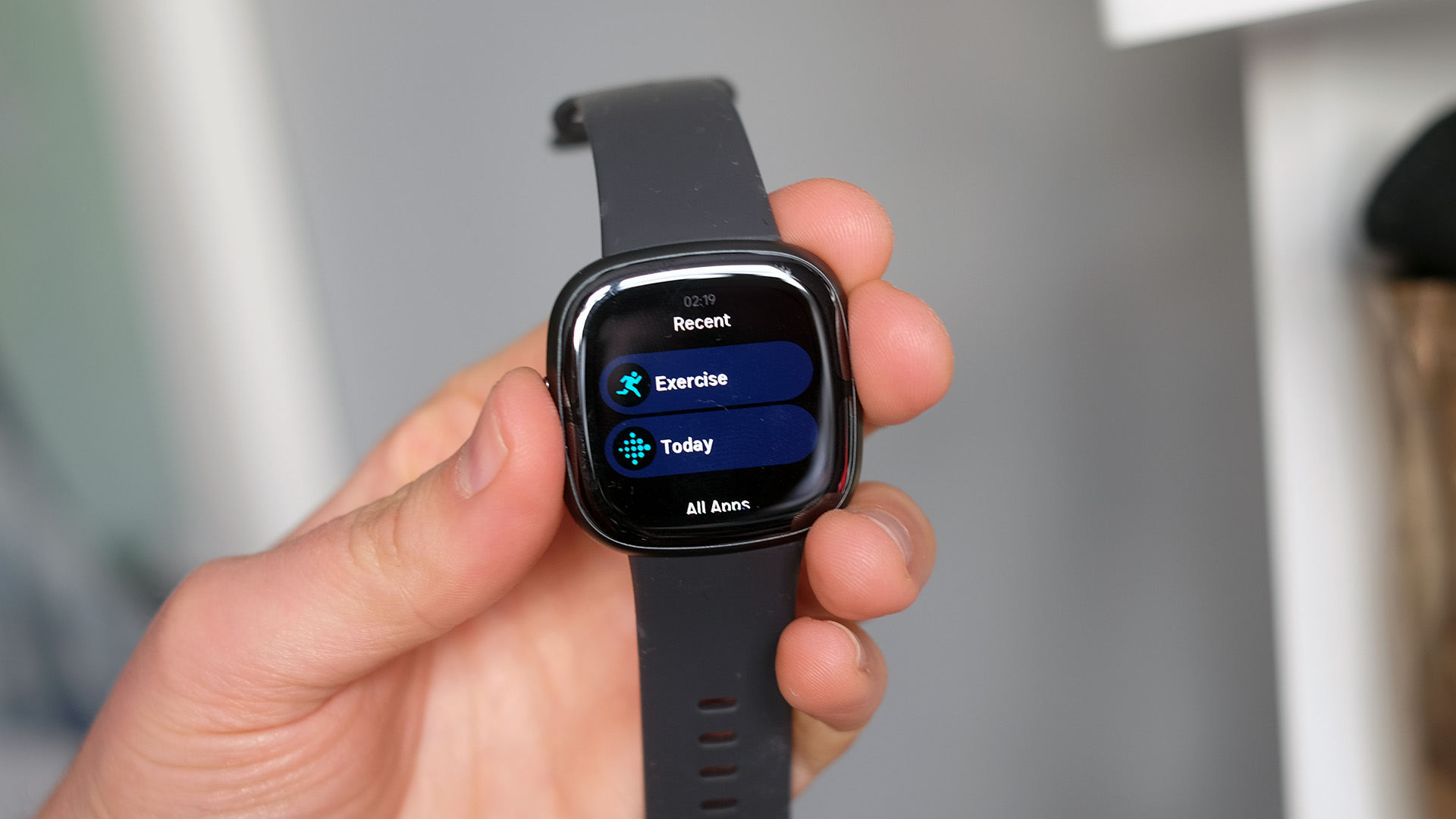
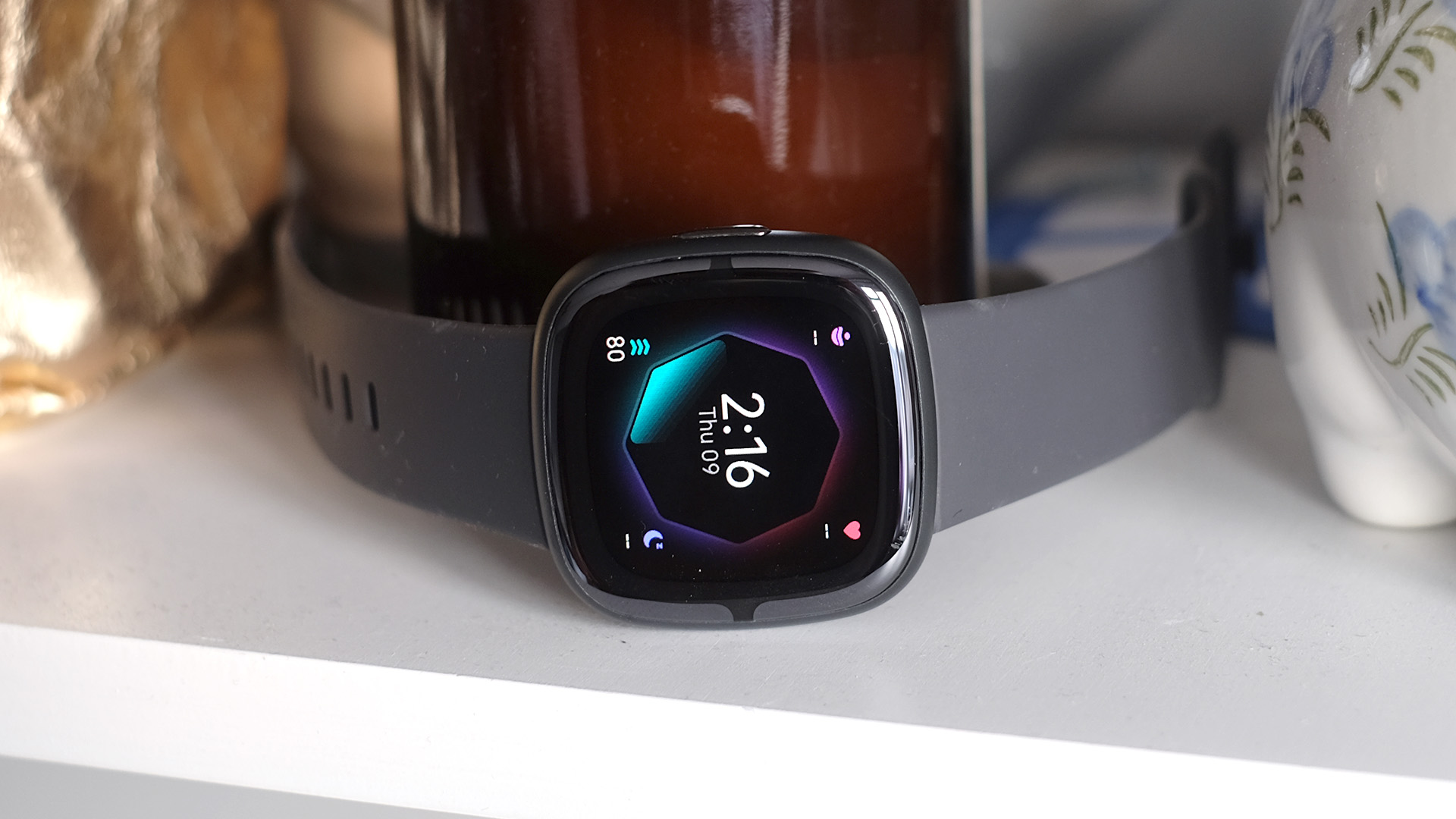
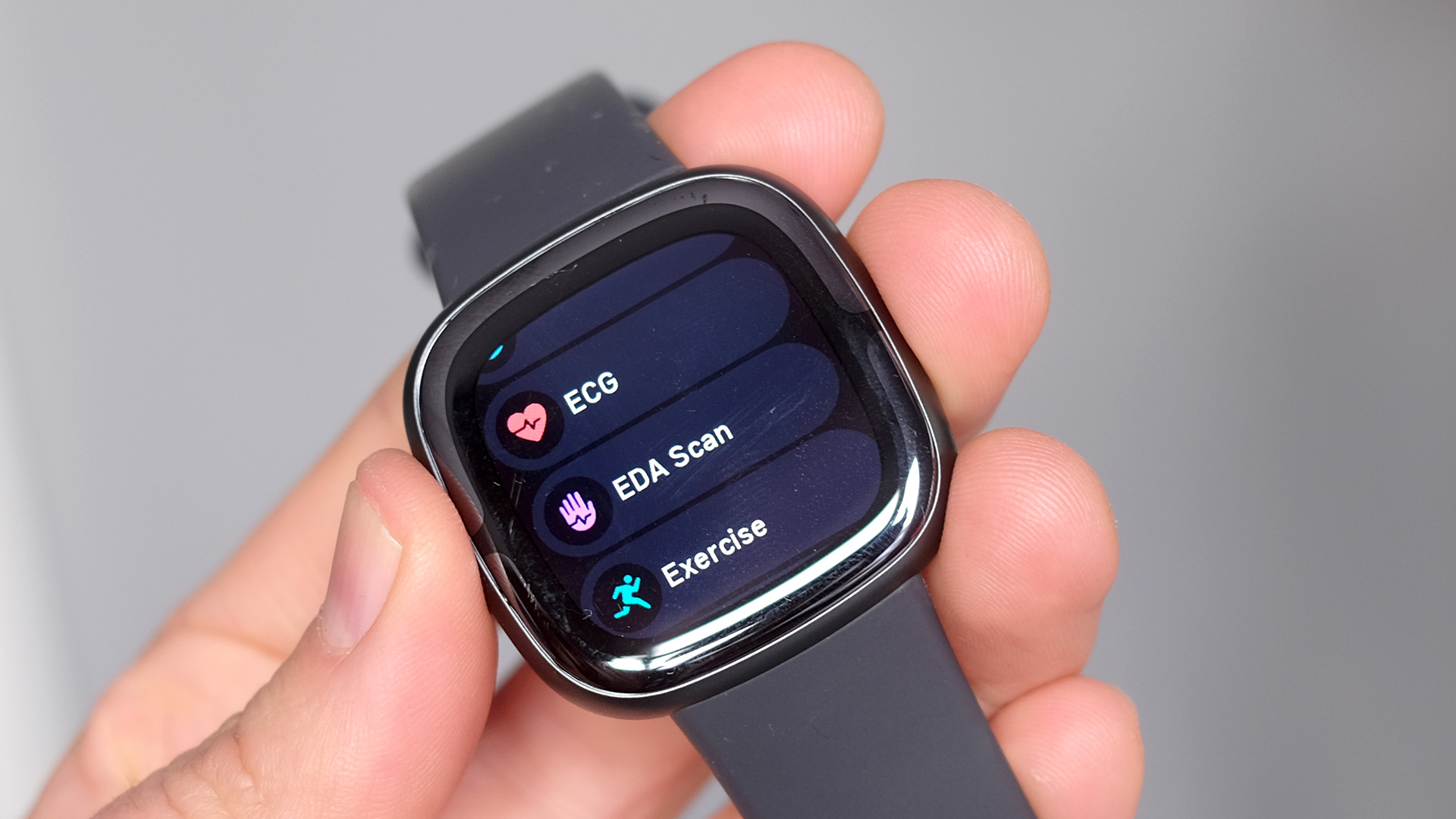
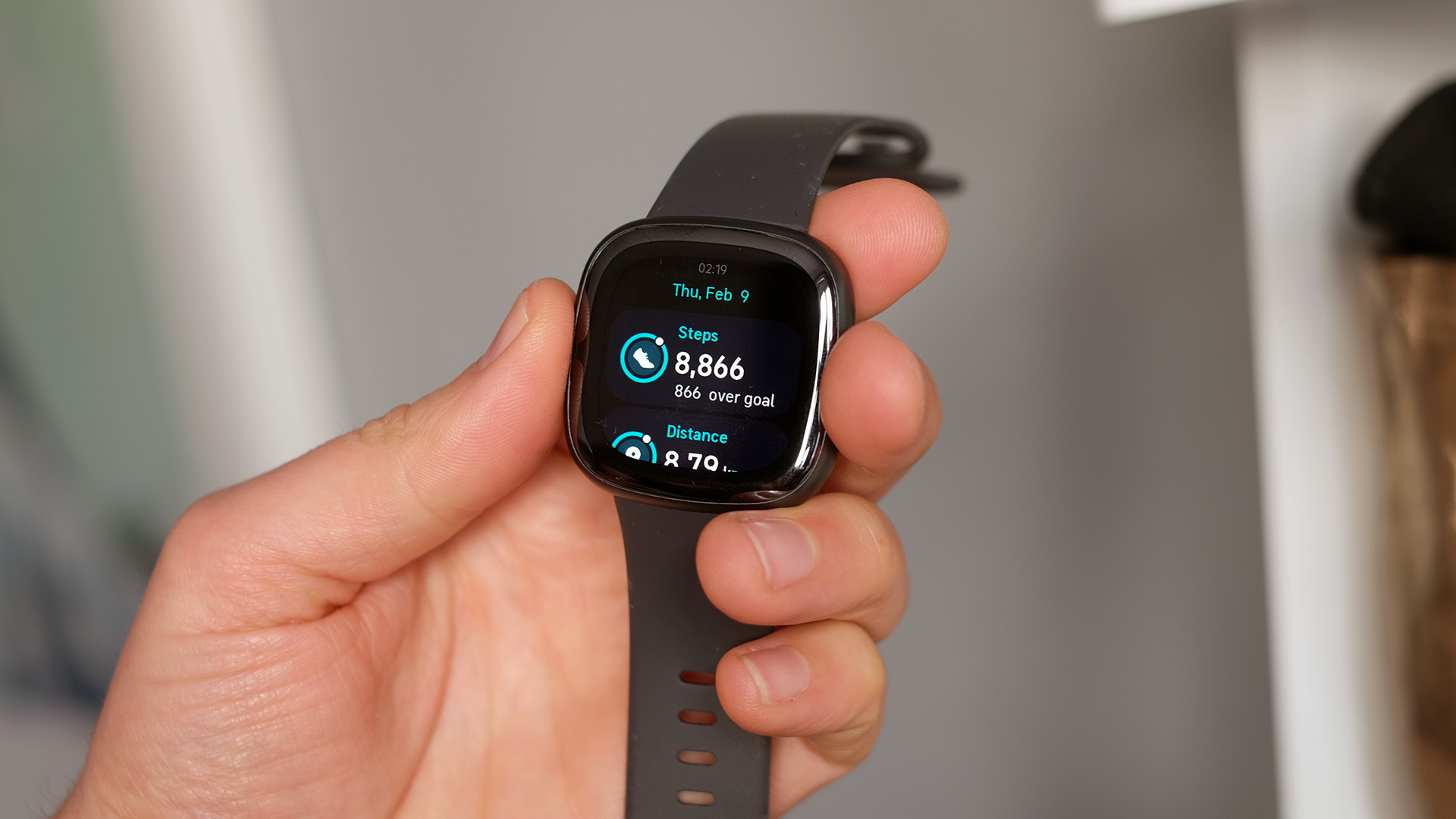
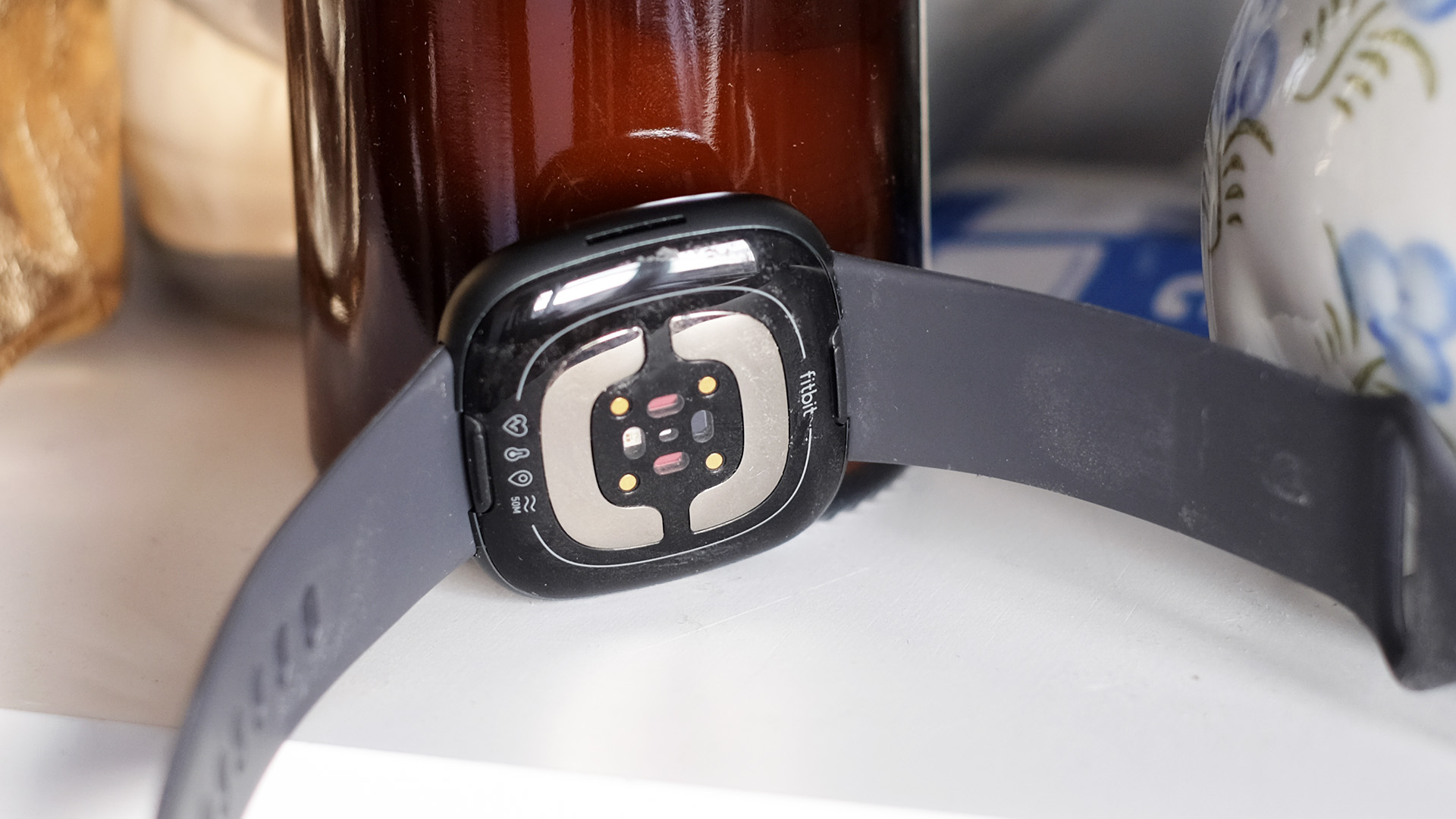
Specifications
Reasons to buy
Reasons to avoid
✅ You want in-depth tracking features: It has more sensors than any other Fitbit.
✅ You would like something stylish: This smartwatch is one of the best looking models on the market.
✅ You want an easy-to-use display: It comes with a larger, brighter display than most other Fitbit models.
❌ You are on a budget: It costs nearly $250.
❌ You want to store music: No media playback available.
🔎 Fitbit Sense 2: A great alternative to the Apple Watch, this sleek fitness tracker comes with smart features and more sensors than any other Fitbit — but that also accounts for its less wallet-friendly price tag. ★★★
If you are torn between Fitbit vs an Apple watch, then this is the model you should look at. It's certainly the one that comes closest to Apple's premium wearable in both design and in features.
The display is big and beautiful, the design is sleek and the battery life would be the envy of an Apple Watch wearer – up to six days of use, even with sleep tracking, on a single charge. However, there is a caveat to this. During our Fitbit Sense 2 review, we found that the "always on" display mode drains the battery life significantly.
The Sense 2 comes with six months of Fitbit Premium to help users embrace activity and rest in equal measure. The extra features include a stress tracker that measures your stress levels through the sweat of your palm. However, our tester did find that heart rate readings during exercise were quite flaky.
One significant drawback for those looking for a premium wearable is the lack of a third-party App Store alternative as you'd find with the similarly-priced Apple Watch. This is a shame, as it means you can't use your Spotify playlists or listen to your downloaded podcasts. It means you still would need to take your phone with you on a run if you wanted music or something to listen to.
Nevertheless, it's still a really solid watch for those who want everyday exercise tracking and do not mind missing the sort of smart apps you can download to an Apple Watch.
- Read our full Fitbit Sense 2 review
Best all-rounder
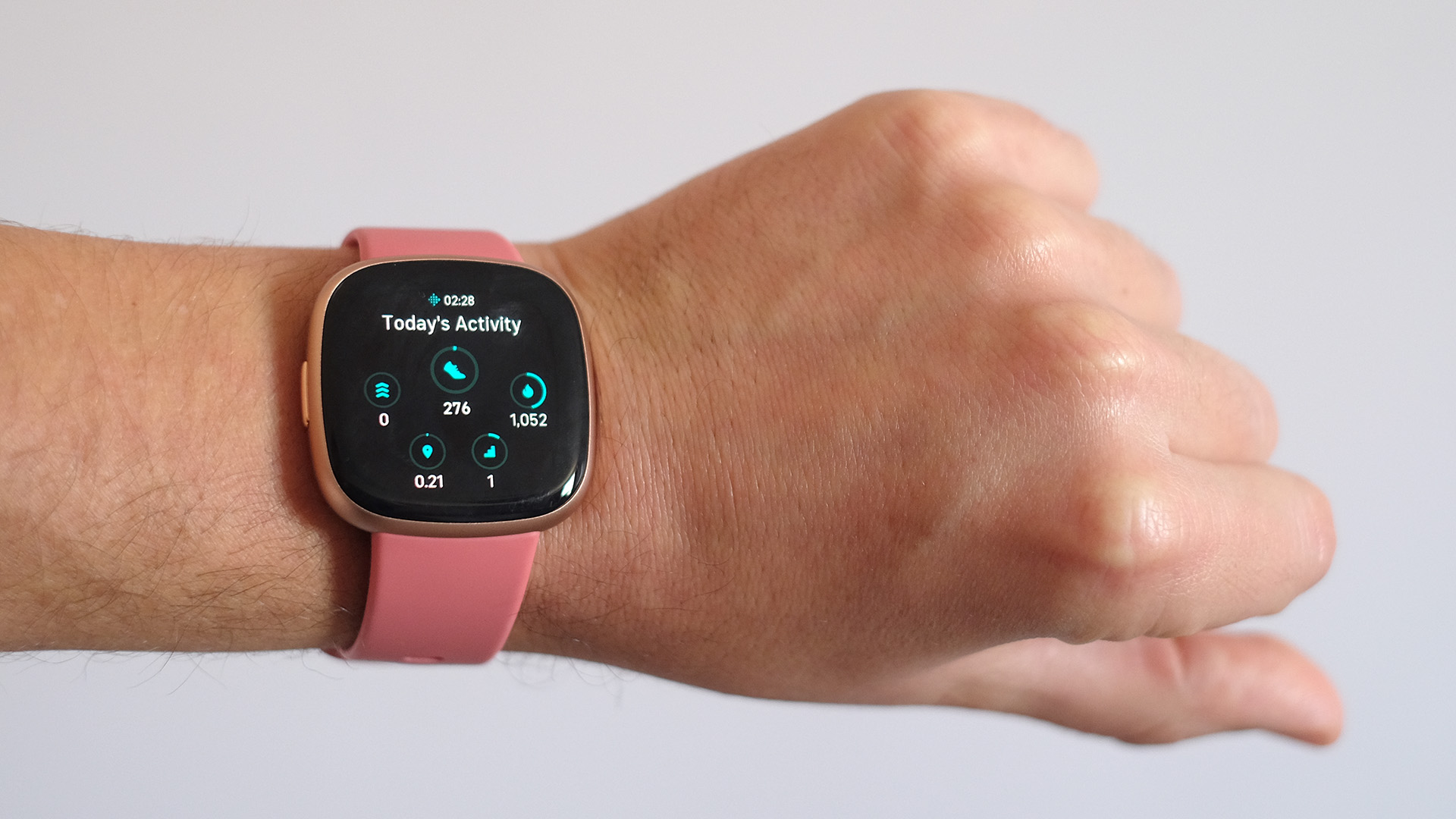
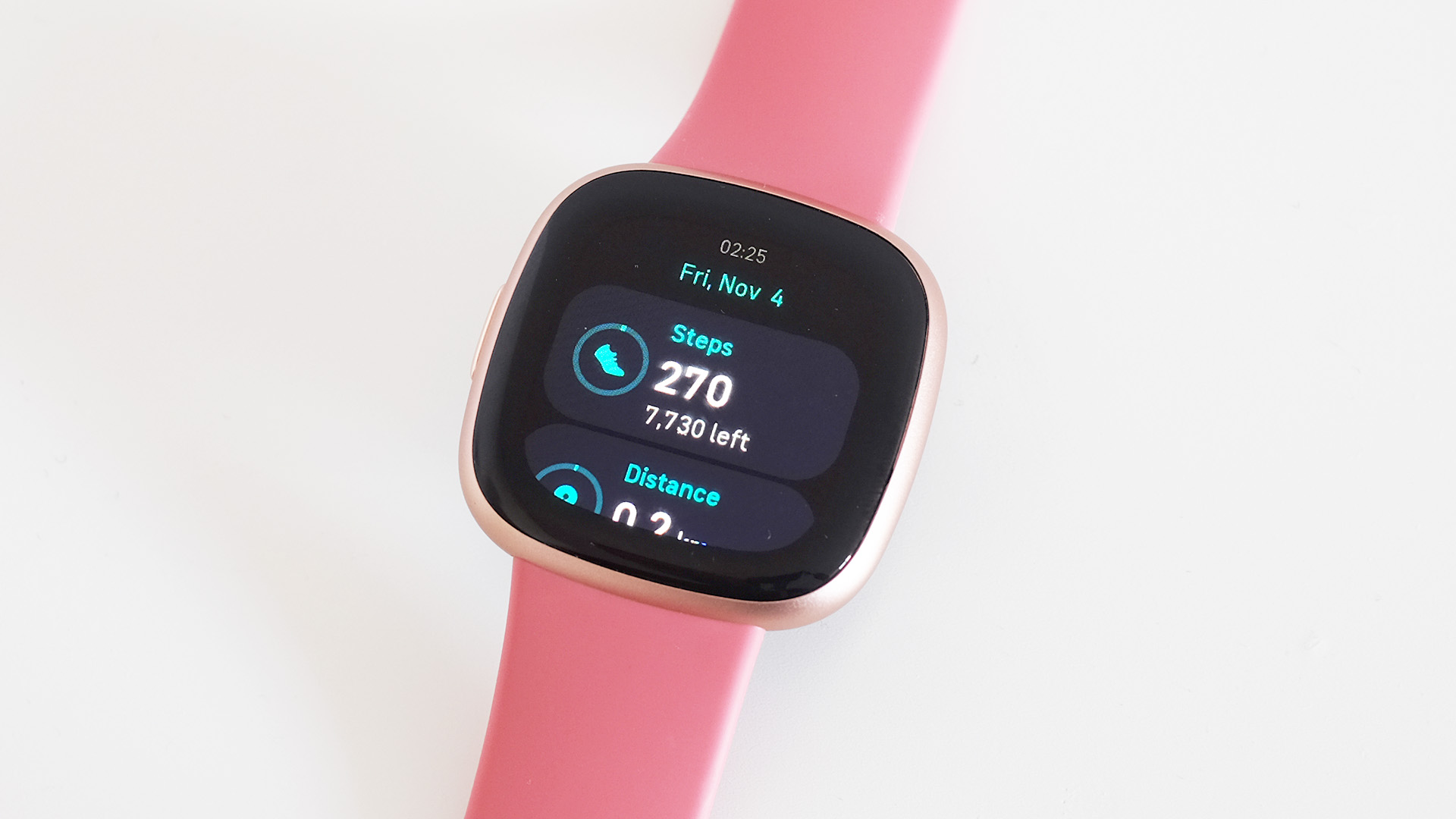
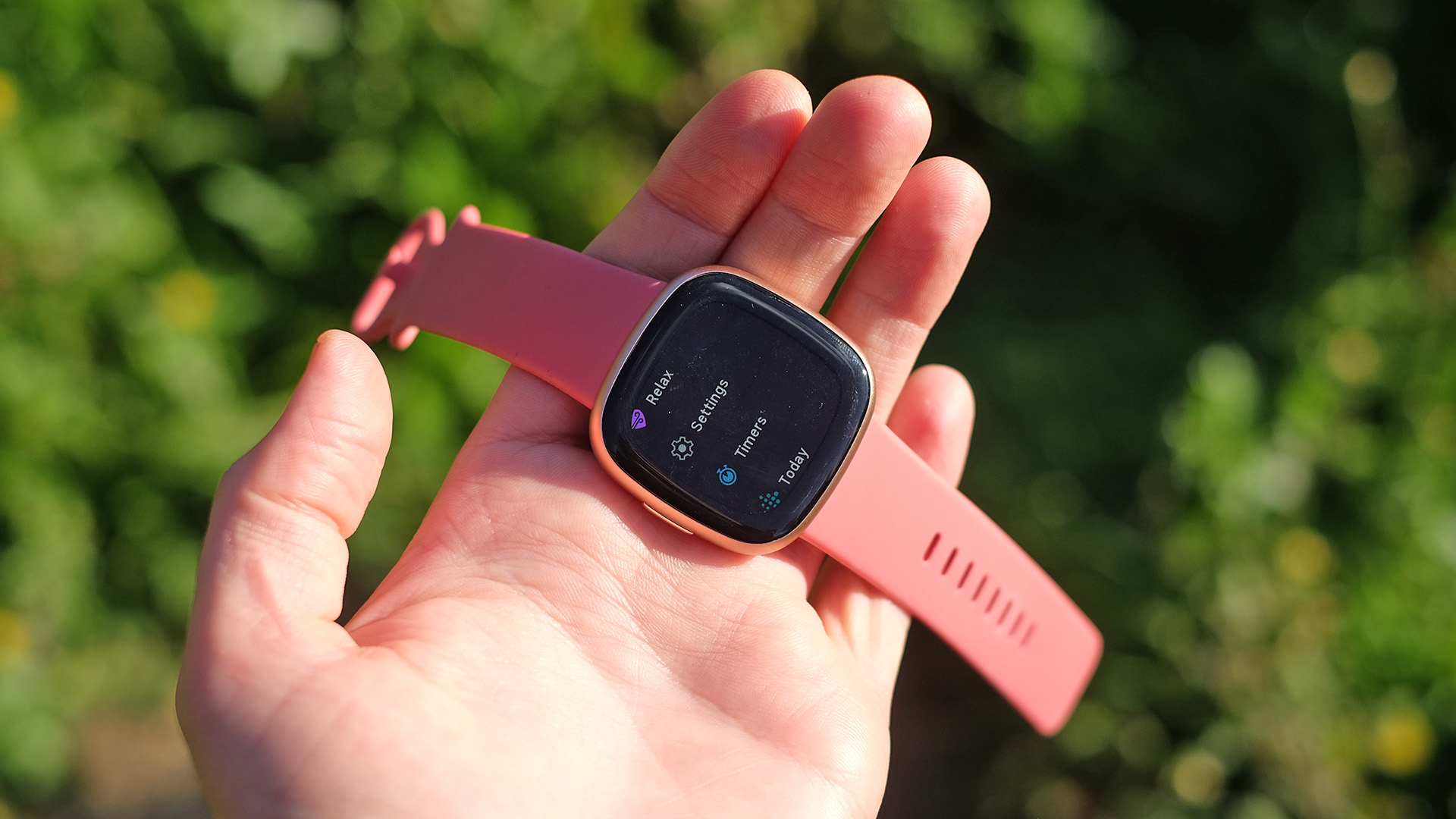
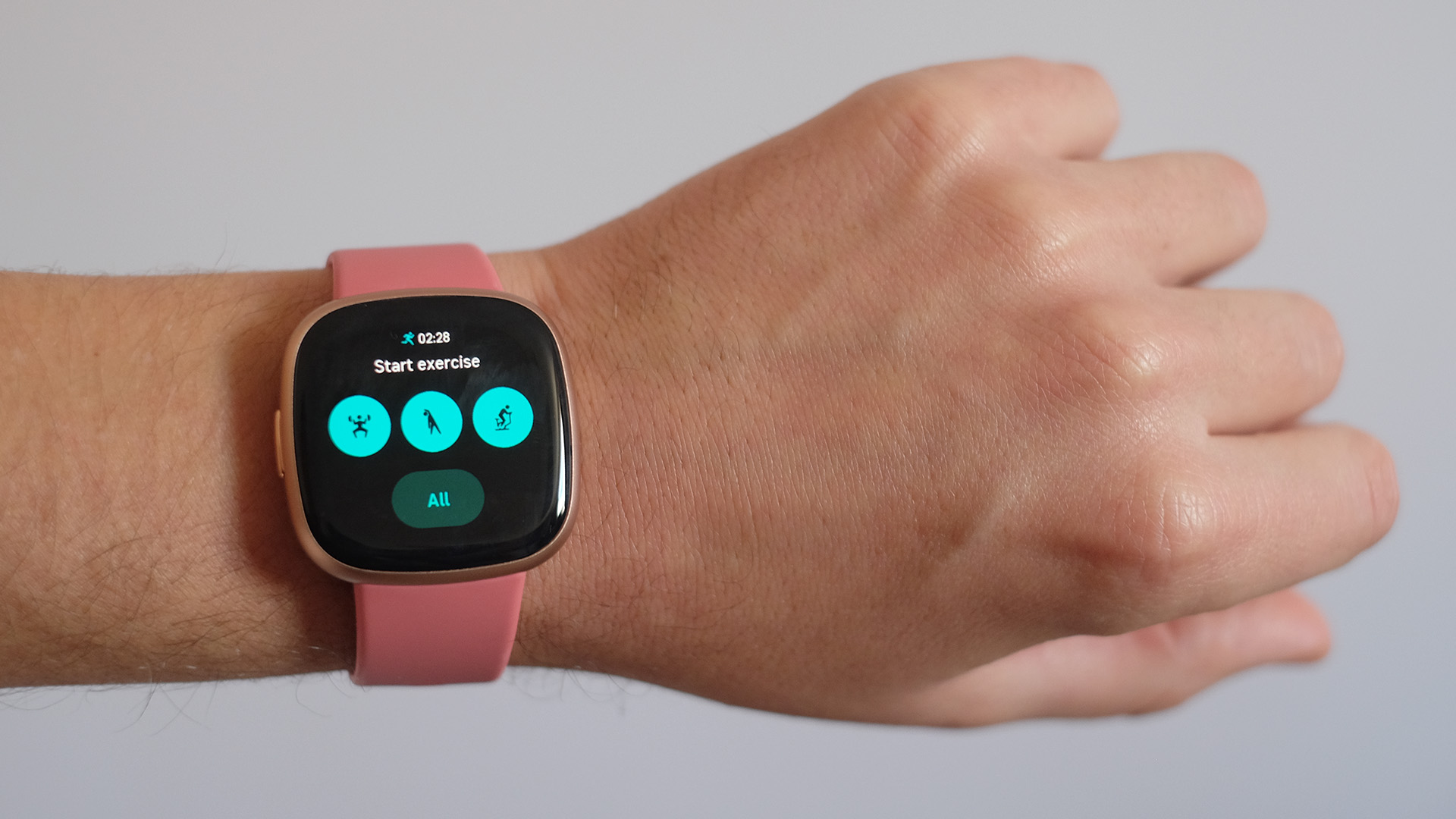
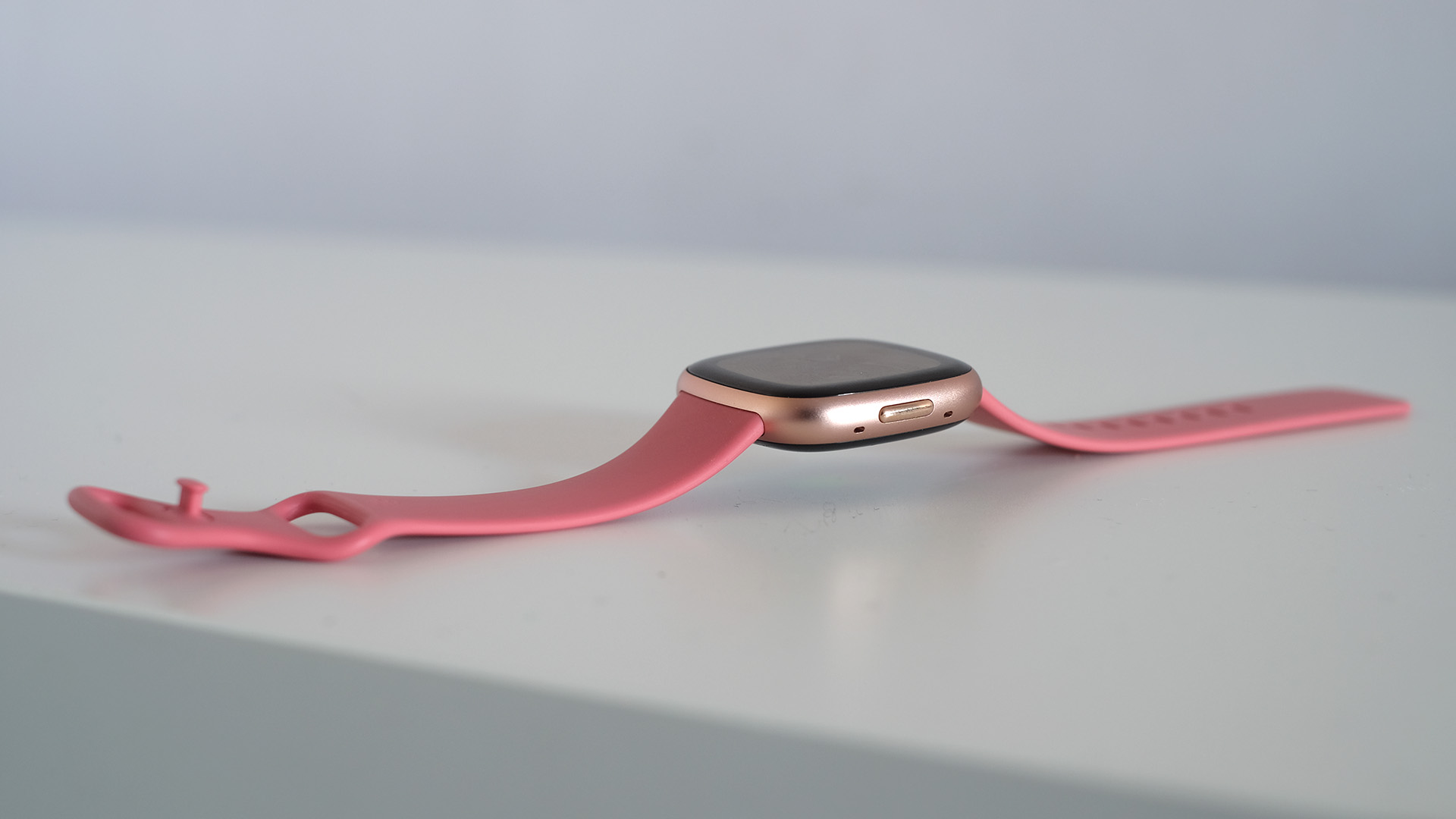
Specifications
Reasons to buy
Reasons to avoid
✅ You want basic health tracking features: It measures basic stats, such as steps and calories burned.
✅ You want an easy-to-use display: It comes with a larger screen than most other Fitbits.
❌ You need an outdoor watch: Its GPS falls below expectations, and it has no altimeter, either.
❌ You want to store music: No media playback available.
🔎 Fitbit Versa 4: Beautifully designed and packed with smart features, this neat fitness tracker strikes a great balance between affordability and functionality. However, it doesn't perform as an outdoor watch. ★★★½
The Fitbit Versa 4 is in many ways a streamlined version of the Sense 2. The design is almost identical, but for the more budget-friendly price you lose the Sense 2's EDA stress sensor and the ECG heart health tech.
However, for everyday fitness tracking, we think the Versa 4 is every bit as good. And if tracking stress is a priority, you can always do that another way, such as using a free HRV-tracking app or even an online questionnaire.
The Versa 4 has an excellent display, comfortable feel, and impressive battery life, however like other Fitbits it doesn't have any music playback. The watch, though, does feature 40 activity modes — a considerable increase over the 20 of the Versa 3.
During our Fitbit Versa 4 review, we were impressed by its tracking performance. Maximum and average heart rate figures were closely aligned with those of the more premium Garmin Fenix 7 and Apple Watch Series 8 when we wore two wearables for the same workout. The GPS caused a few headaches, however, as we found the Versa 4 took some time to triangulate. Daily step counts were much more reasonable though.
Like most new Fitbit purchases, the Fitbit Versa 4 comes with six months of Fitbit Premium.
- Read our full Versa 4 review here
The smallest Fitbit
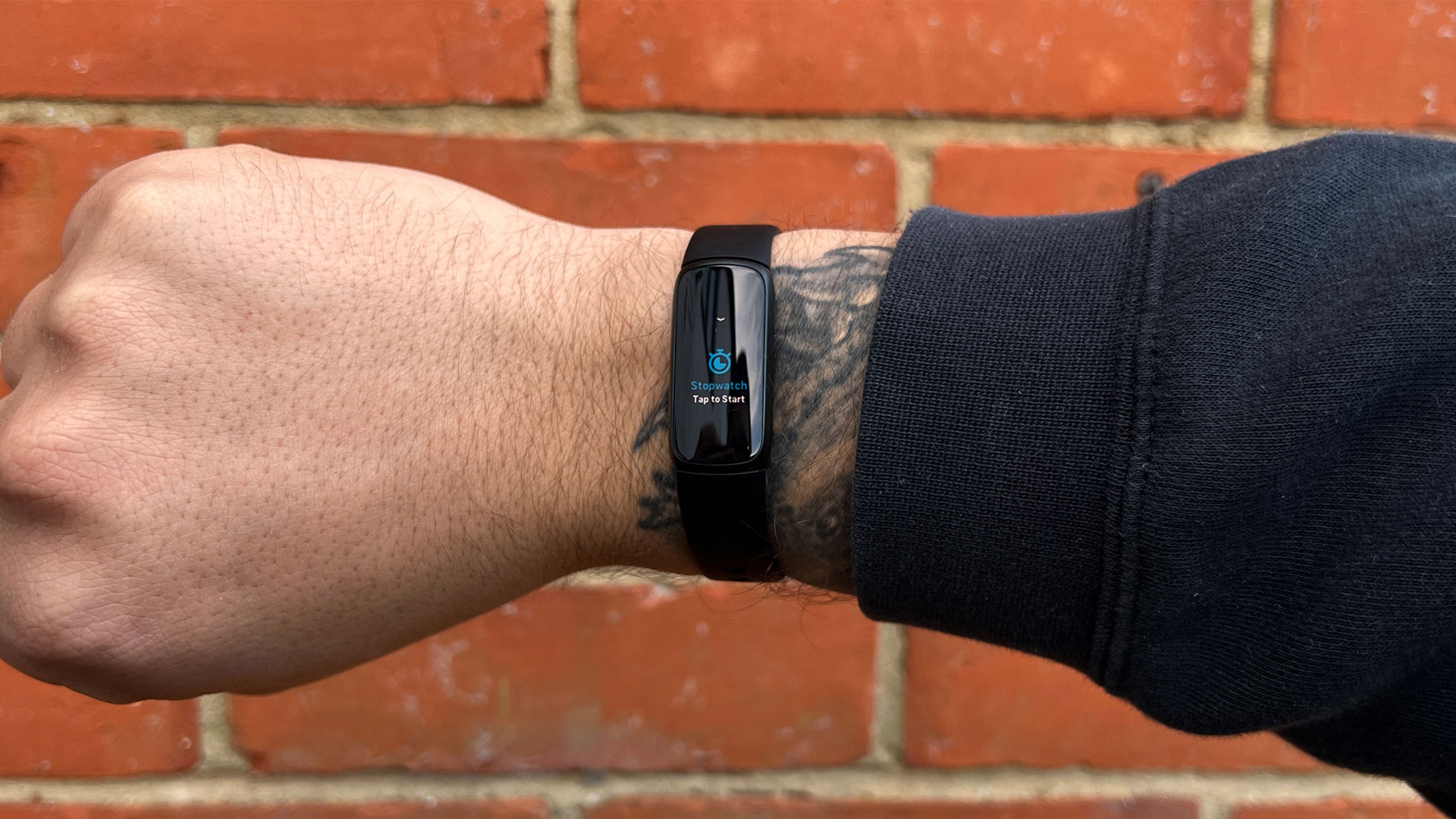

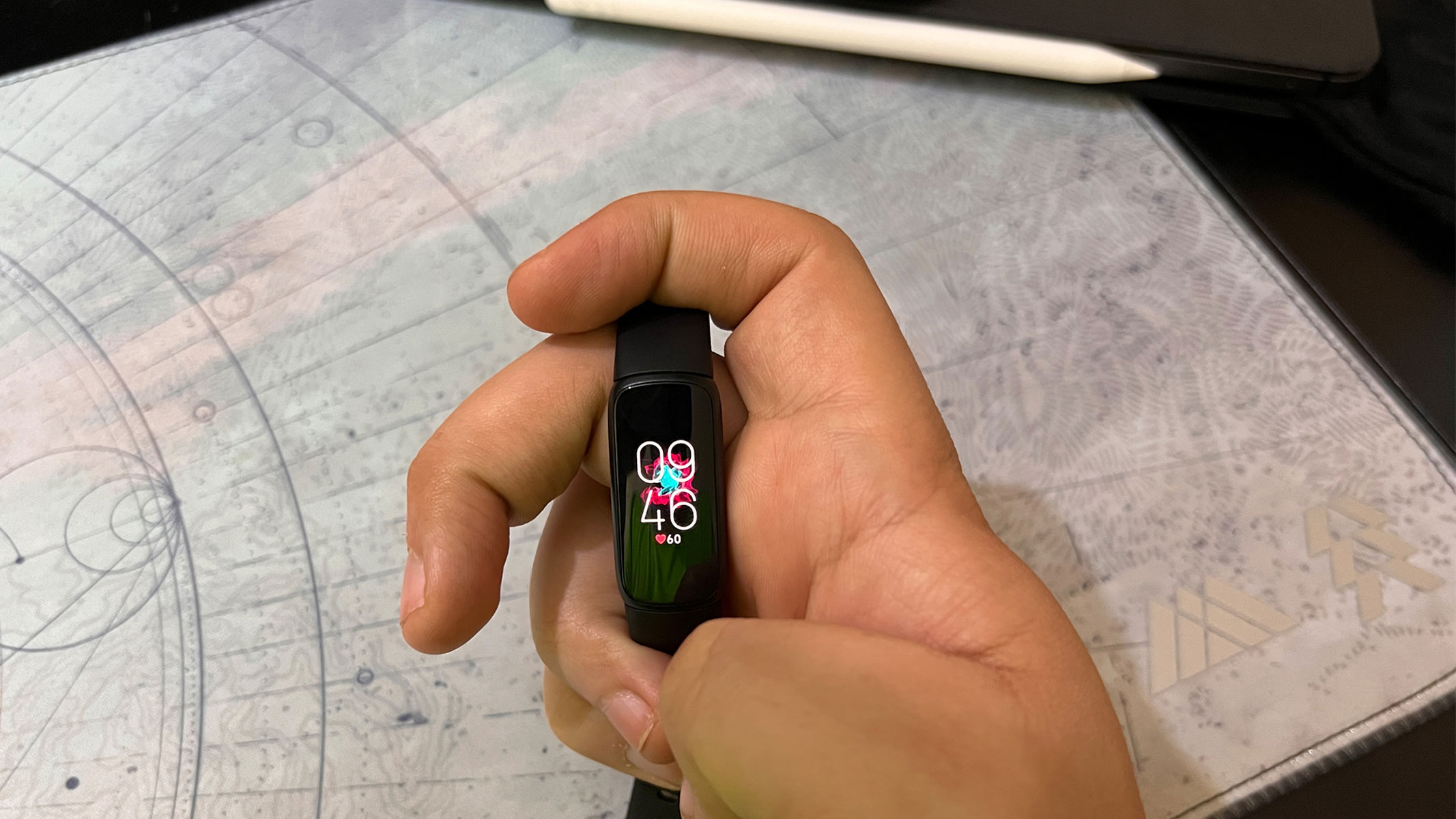
Specifications
Reasons to buy
Reasons to avoid
✅ You want something discreet: It is exceptionally light and compact.
✅ You want accurate health tracking features: You can count on Fitbit sensors here.
❌ You want an outdoor watch: No GPS or altimeter.
❌ You want in-depth workout tracking features: It only measures six activities.
🔎 Fitbit Luxe: Small, thin and beautifully designed, this premium Fitbit model looks more like a piece of jewelry than a fitness watch, yet despite this its health tracking features are hard to match. ★★★★½
The Fitbit Luxe is a more premium counterpart to the Inspire and is surely the most fashion-conscious tracker in the range.
It's so thin and light that it is actually easy to forget you are even wearing it. Luckily it won't matter if you forget it for days because the battery will give you six days of use on a single charge. The display is very small so that may take some getting used to, but it's worth noting that it is still bright enough to be clearly readable even in sunlight.
You will also find the excellent sleep, heart rate, distance, and calorie tracking sensors you have come to expect from Fitbit, just wrapped up in an elegant, more jewelry-like design.
While the Luxe is perfect for tracking everyday life, it isn't so great for running. There's no GPS so again, you'll need your phone with you for accurate tracking or to follow a route.
Step tracking is accurate enough, though. During our Fitbit Luxe review, we compared it to an Apple Watch Series 7. The flagship Apple wearable costs more than twice the Fitbit Luxe’s price tag, and yet the two offered comparable results.
The Fitbit Luxe also comes with six months of Fitbit Premium.
- Read our full Fitbit Luxe review
Our expert consultants

Nathan Kennedy is a certified personal trainer and online fitness coach with years of professional experience. He is also a former bodybuilder with a keen interest in sports nutrition. Nathan is also a representative for sports nutrition brand Bio-Synergy. We spoke to him about the potential health benefits of using fitness trackers.
FAQs
Can the best Fitbit help you to lose weight?
Large scale studies certainly indicate that fitness trackers, including Fitbits, can help people incorporate more activity into their routines, which in turn can help with weight loss.
A 2021 review by the British Journal of Sports Medicine of the existing evidence on fitness trackers found the devices did overweight or obese people with chronic conditions (such as heart disease or diabetes) to reduce body weight and lower their body mass index (BMI).
Researchers examined data from 31 studies, involving more than 2,200 people wearing different types of fitness tracker. All were set weekly goals based on step count or minutes walked. Exercise programs that lasted at least 12 weeks were found to be most effective. People who wore trackers (including Fitbit) lost an average of 6 pounds and two BMI points, compared to control groups not using a tracker.
Nathan Kennedy, qualified personal trainer and representative for sports nutrition specialists Bio-Synergy, told Live Science. "The easier it is to be consistent with exercise, the more likely people are to achieve their health and fitness goals. Fitness trackers not only encourage exercise and weight loss, but may also help lower blood pressure and cholesterol in people with Type 2 diabetes and other health conditions."
Another study published in The Lancet in 2022 confirms this, finding that "Physical activity outcomes were consistently shown to improve in children, younger adults, adults, and older adults, with similar effect sizes. .. The beneficial effects for body composition were apparent across a range of populations, including healthy adults and those with type 2 diabetes, COPD, cardiovascular disease, overweight, and obesity."
How we tested these Fitbit watches
How we test the best Fitbits

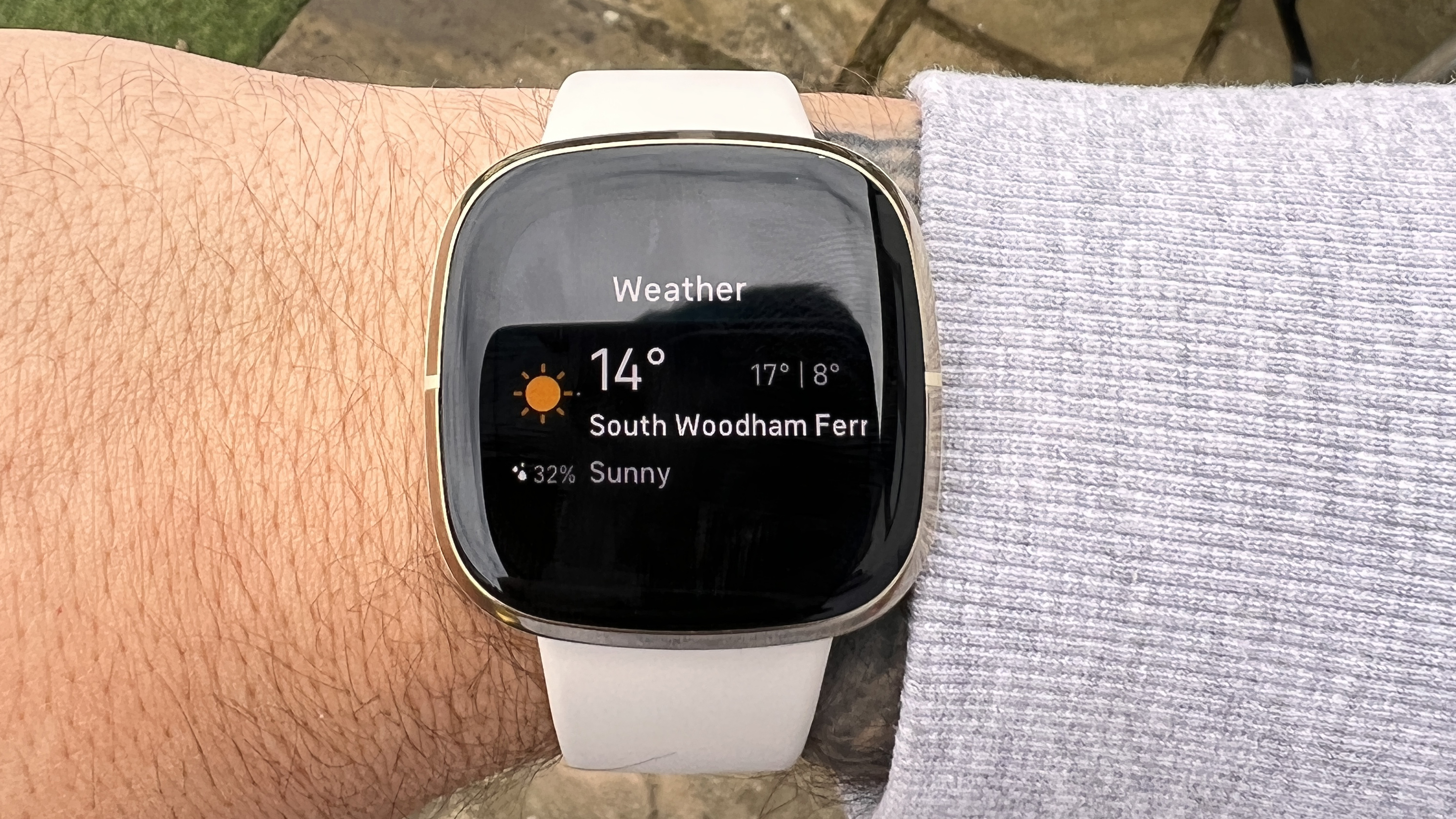
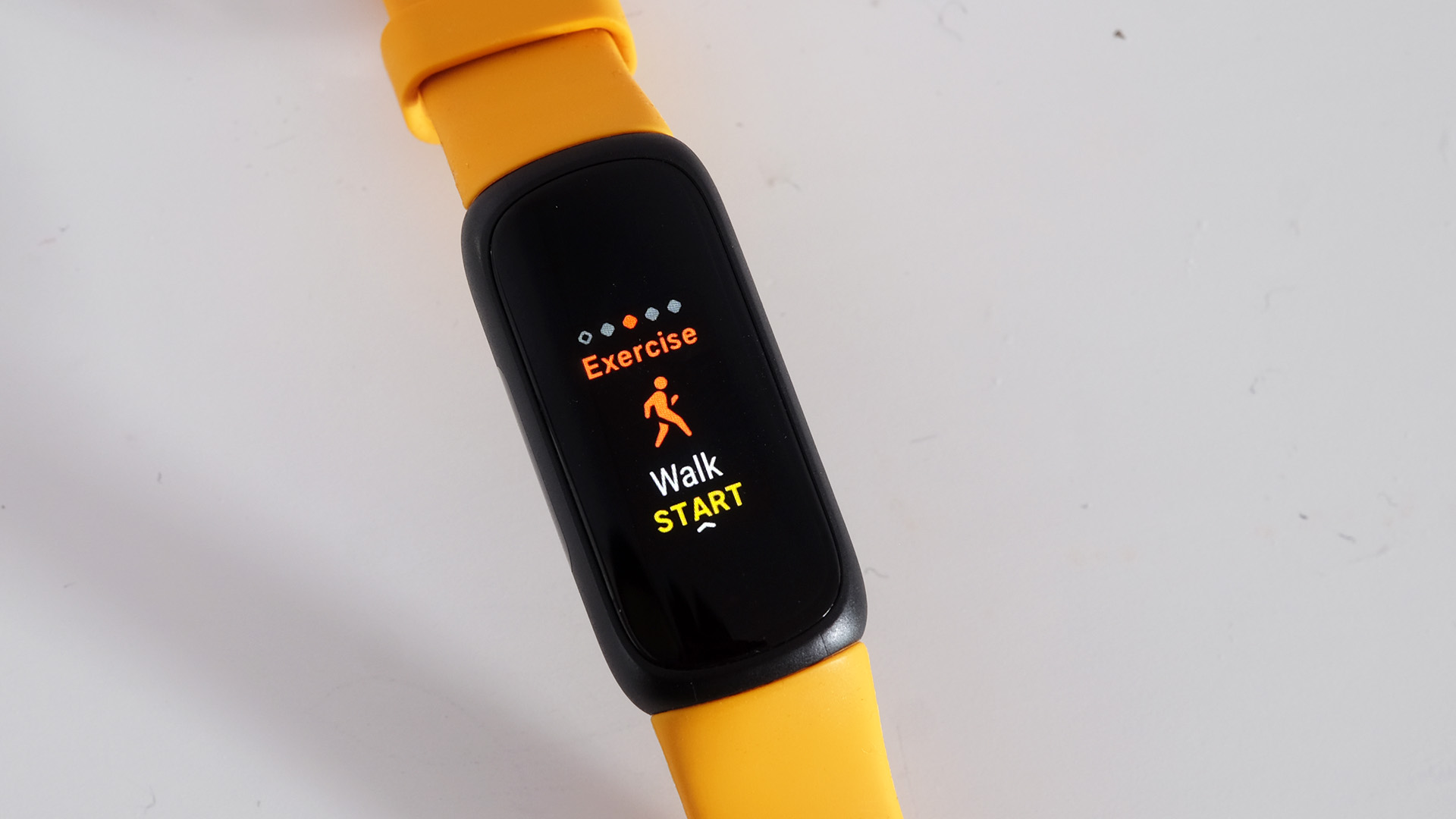

Our reviewers. All of the Fitbit watches in this guide have been thoroughly tried and tested by our expert reviewers: experienced fitness professionals, semi-professional athletes and self-proclaimed exercise fanatics, all passionate about sharing their vast knowledge of fitness trackers.
At Live Science, we know that needs and preferences differ from person to person, which is why we try to look at Fitbit watches through an objective lens. This means we test them to the exact same standard we test all of our fitness trackers, using the same processes and procedures. After wearing each model for at least a week, and often for several months, we rank it across the following categories:
1) Design. We look at the Fitbit's durability, appearance and overall functionality. We assess whether it is intuitive to use, comfortable to wear and good-looking on the wrist, and we make note of any design-related issues and wear-and-tear damage experienced throughout our testing process.
2) Display. This is where we focus on the display of a Fitbit watch. We look at the size, type and specifications of the screen, and check whether it remains bright and easy to read in different circumstances (for example, in direct sunlight or at night.) We also look into the touchscreen's responsiveness and inform of any lags we experienced during testing.
3) Features. We want to know how functional is the Fitbit watch in question. For example, hom many health tracking features does it have? How many sports and activities can it track? Can it pass for a smartwatch? Can it store music or connect to third-party apps? Also, can it guide you on your journey to health, and if so, is that personalized advice useful to laymen?
4) Performance. We assess its tracking performance, battery life and connectivity with third-party devices. We wear them day and night and when performing different workouts, regularly switching between different energy-use settings. Finally, we assess the accuracy of a Fitbit's heart rate sensor using a validated chest-strap heart rate monitor (such as the Polar H9), or we compare its readings to measurements obtained with a more high-end fitness tracker.
Verdict. Finally, we give our verdict on the key issue: if this Fitbit for you? After testing, we use these categories to calculate a final score out of five, and give our verdict on who this watch is best suited for.
Latest updates
19 March, 2025: We changed the introduction and corrected some prices.
13 February, 2025: We expanded the How we test section to better reflect our testing procedures.
Get the world’s most fascinating discoveries delivered straight to your inbox.
Lloyd Coombes freelance tech and fitness writer for Live Science. He's an expert in all things Apple as well as in computer and gaming tech, with previous works published on TechRadar, Tom's Guide, Live Science and more. You'll find him regularly testing the latest MacBook or iPhone, but he spends most of his time writing about video games as Gaming Editor for the Daily Star. He also covers board games and virtual reality, just to round out the nerdy pursuits.
- Maddy BiddulphContributing health and fitness writer
- Anna GoraHealth Writer
- Kate Carter
